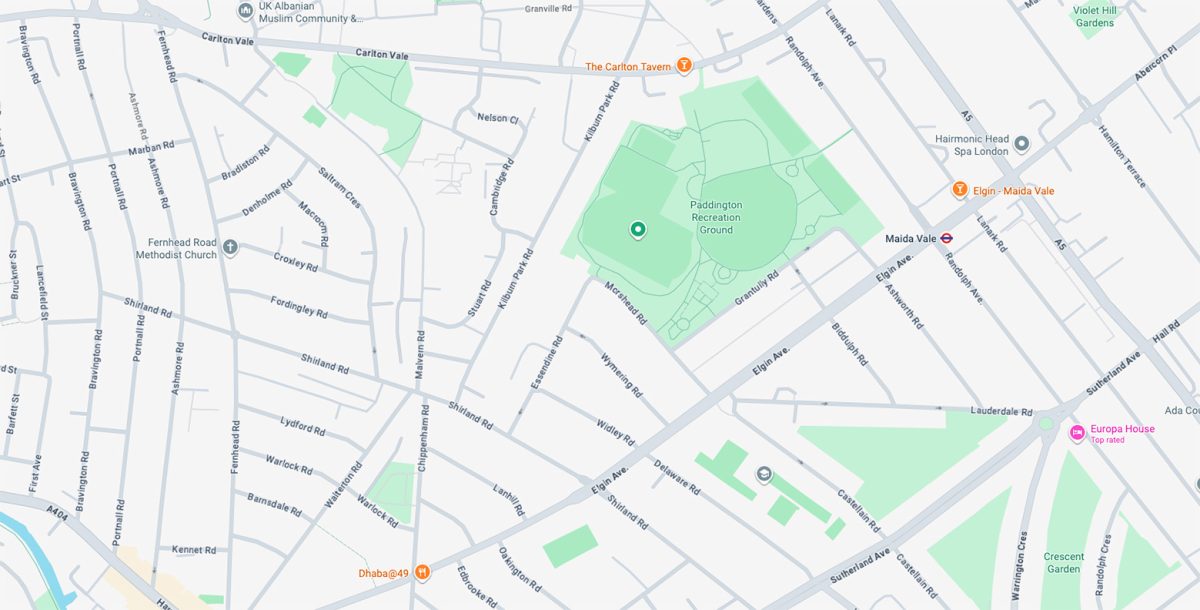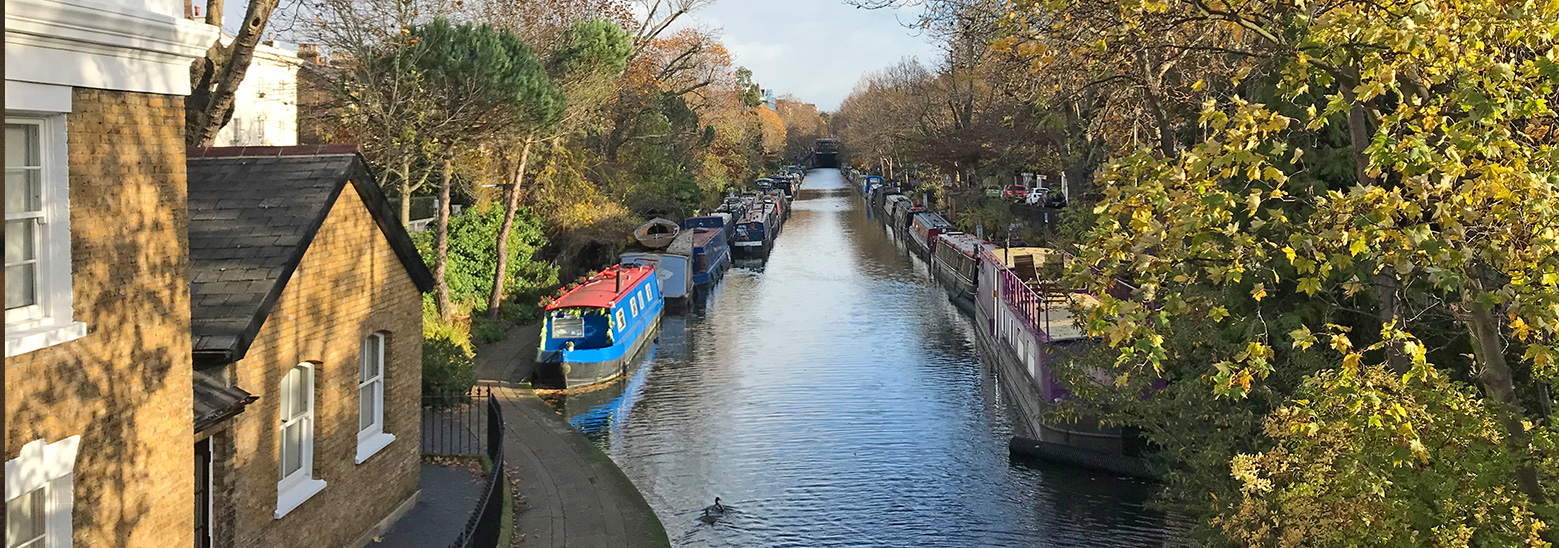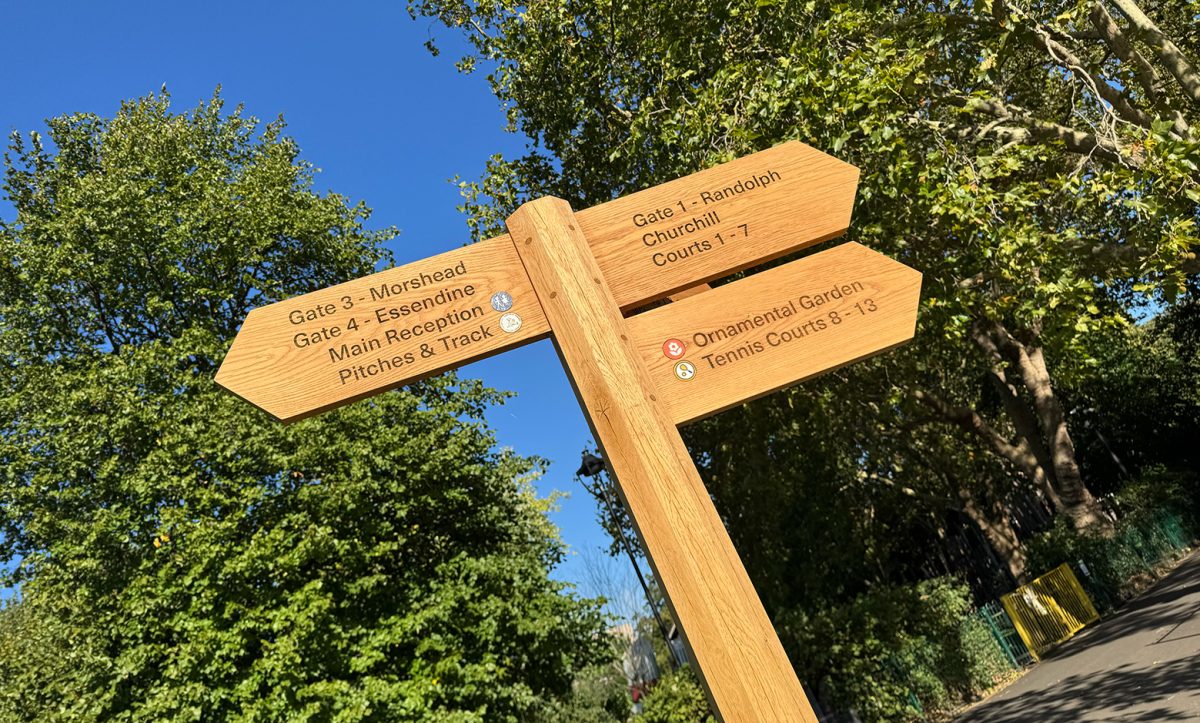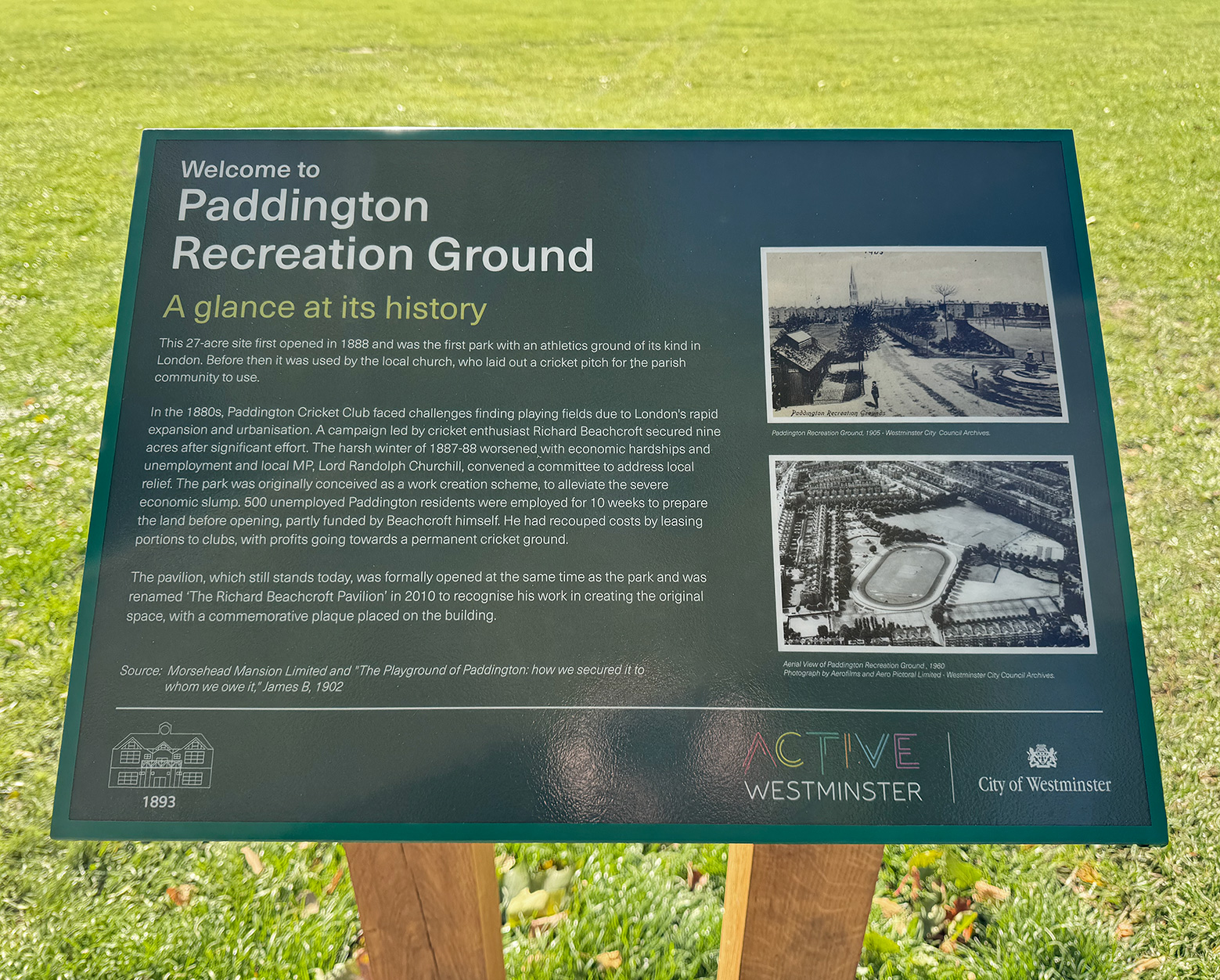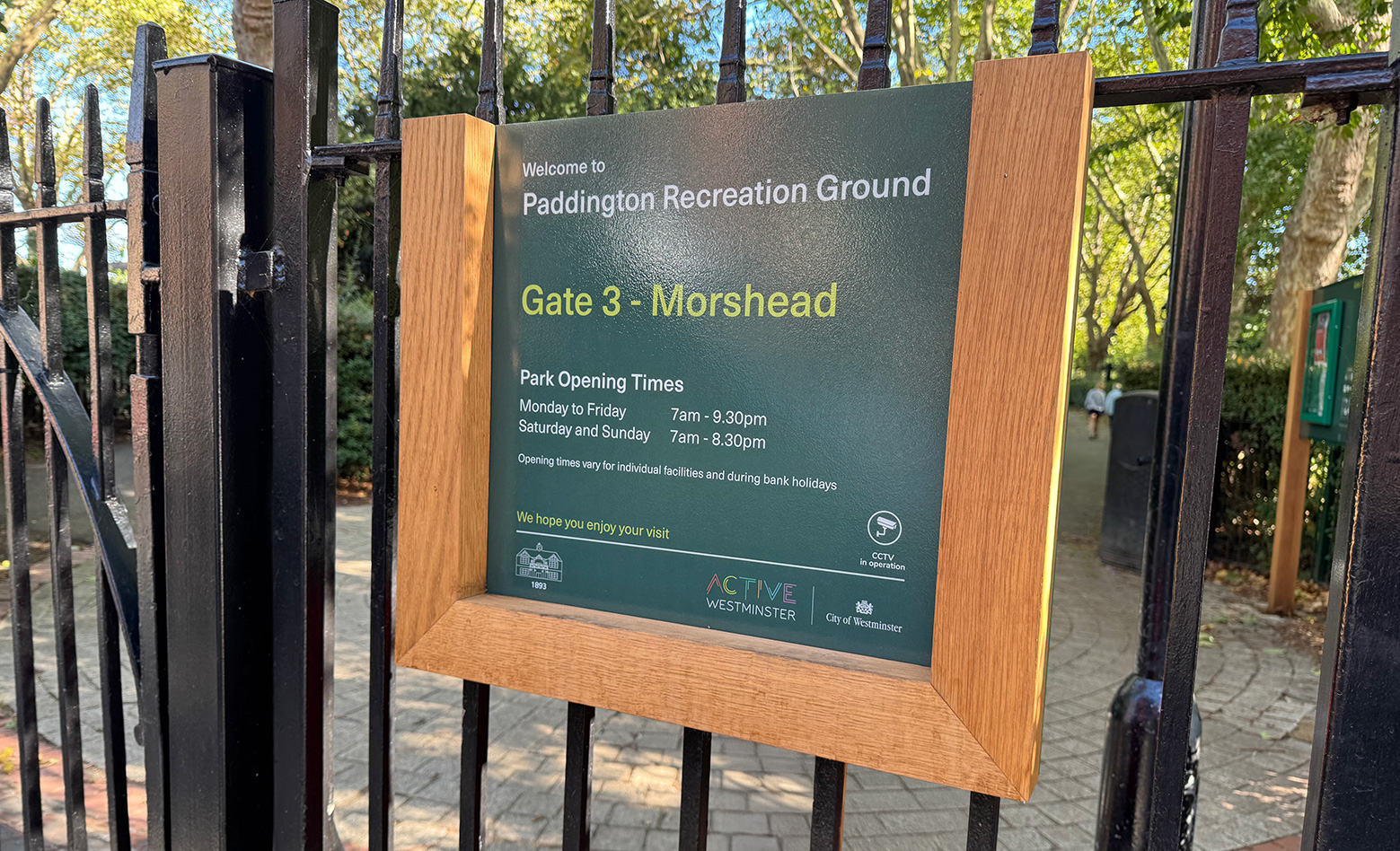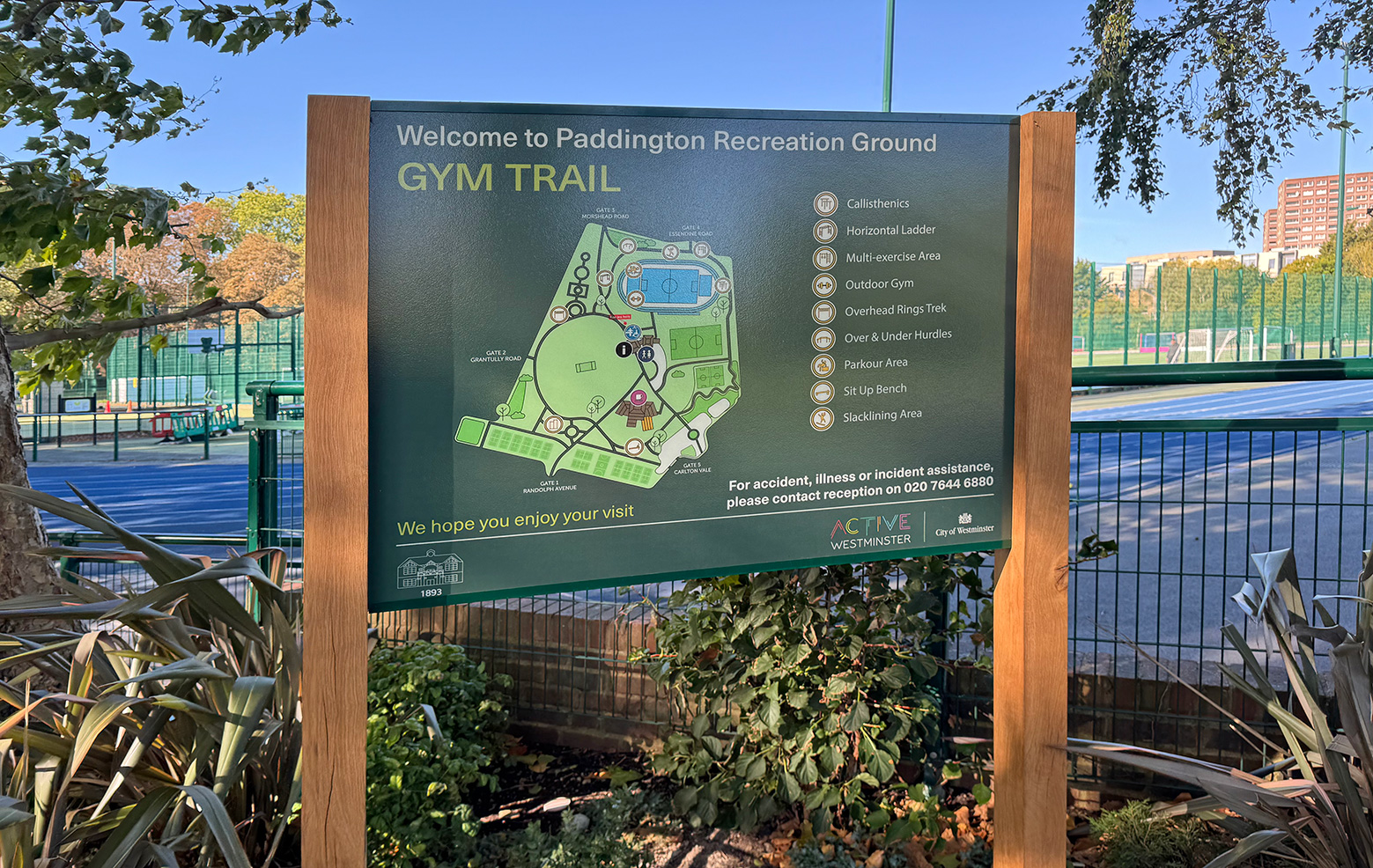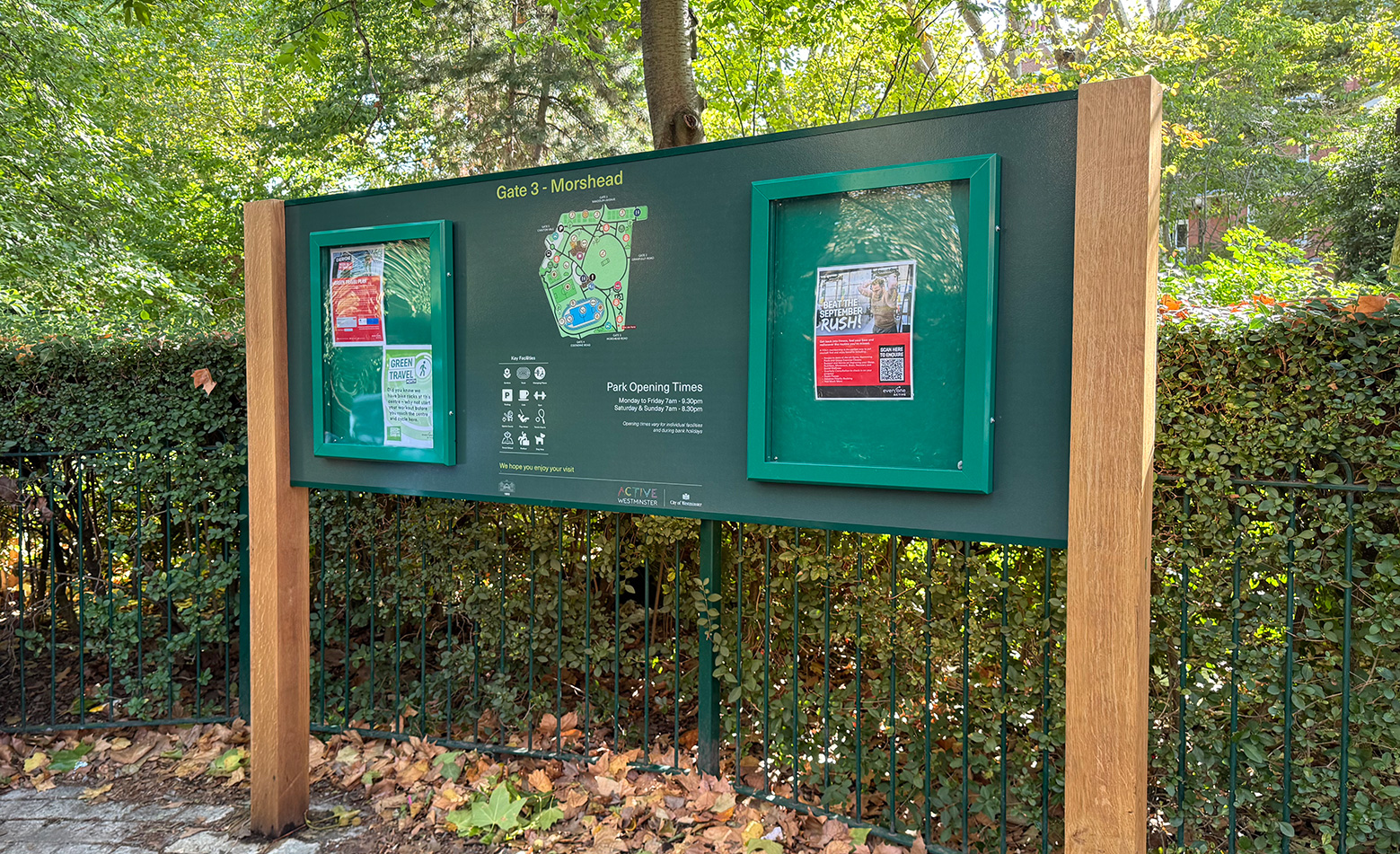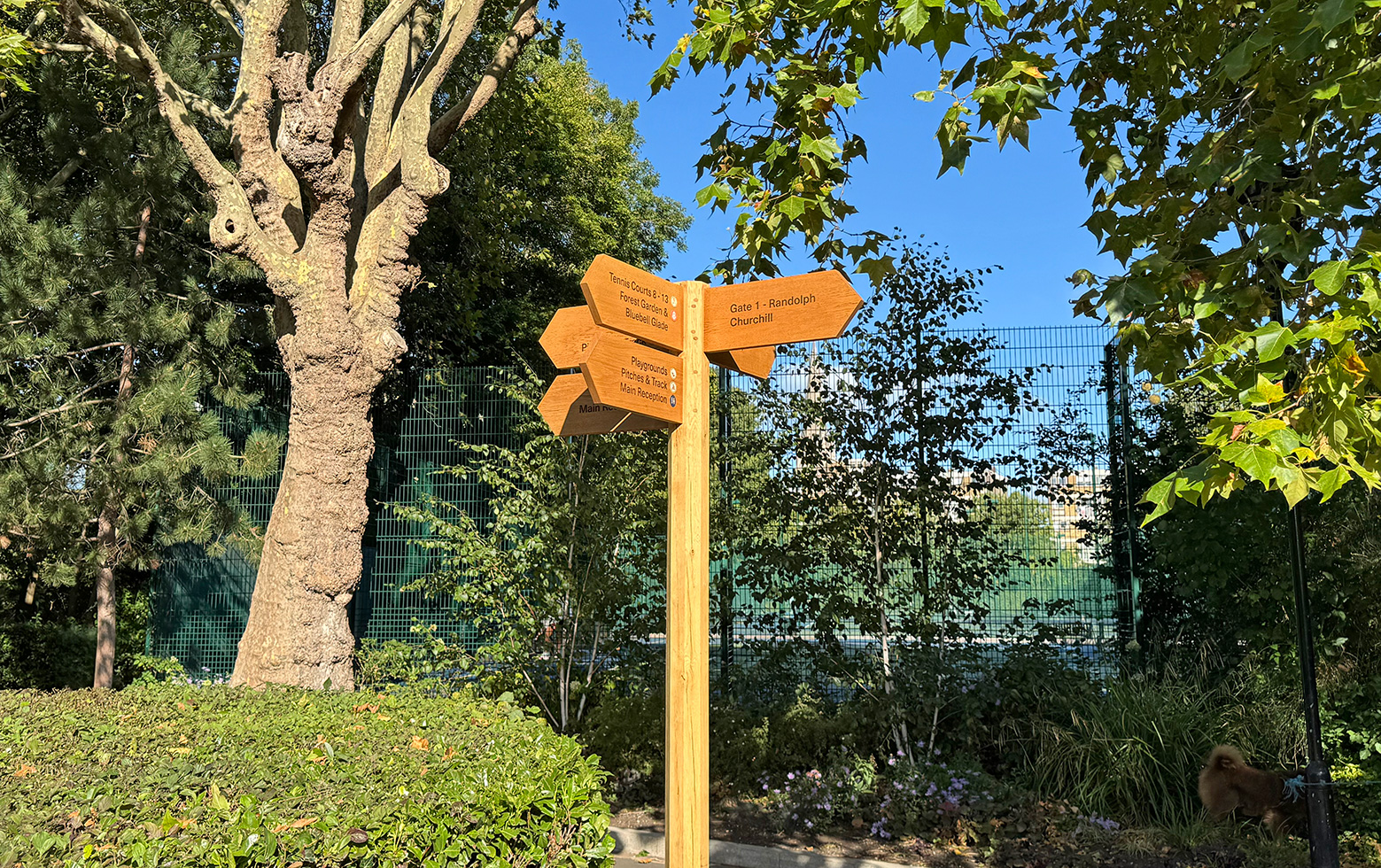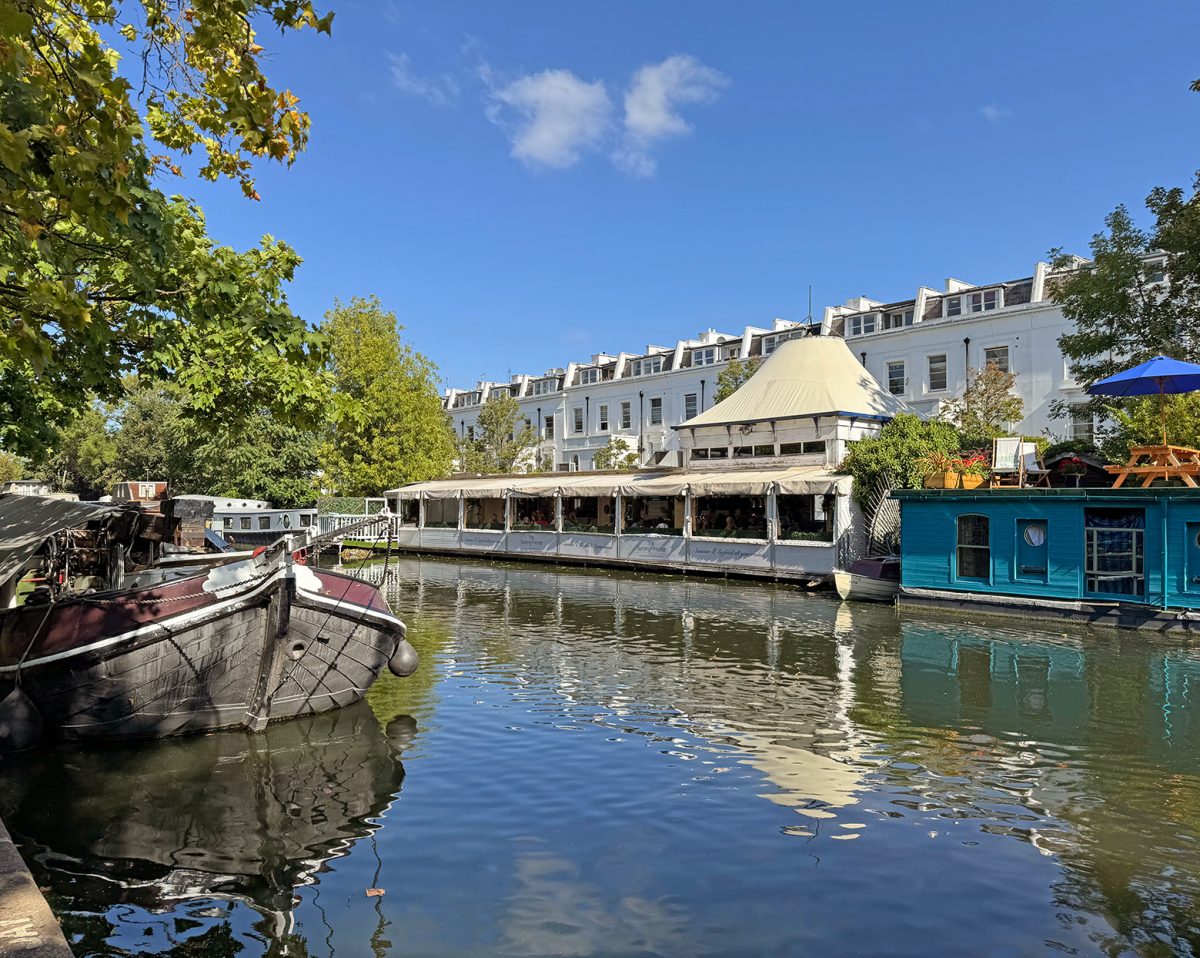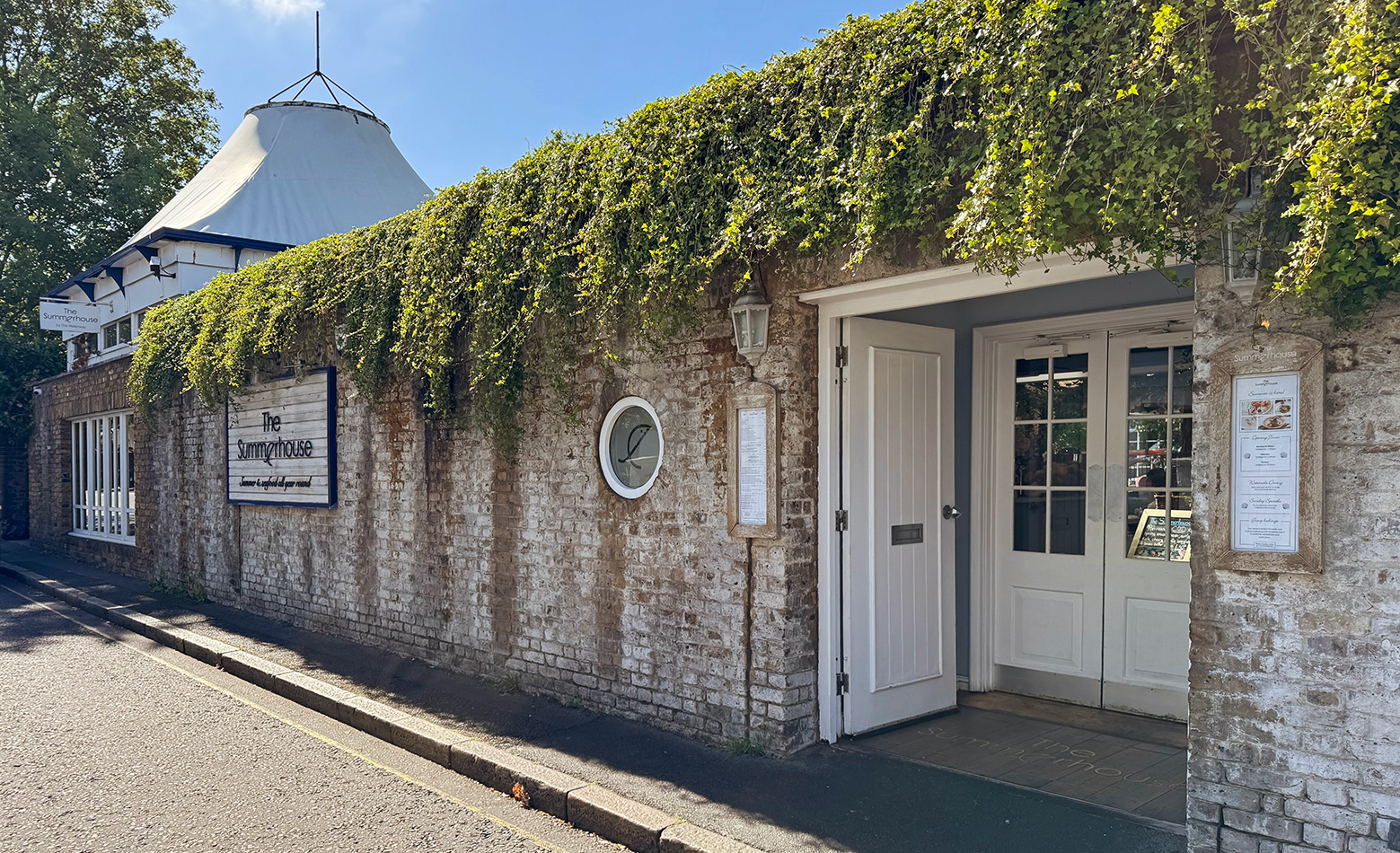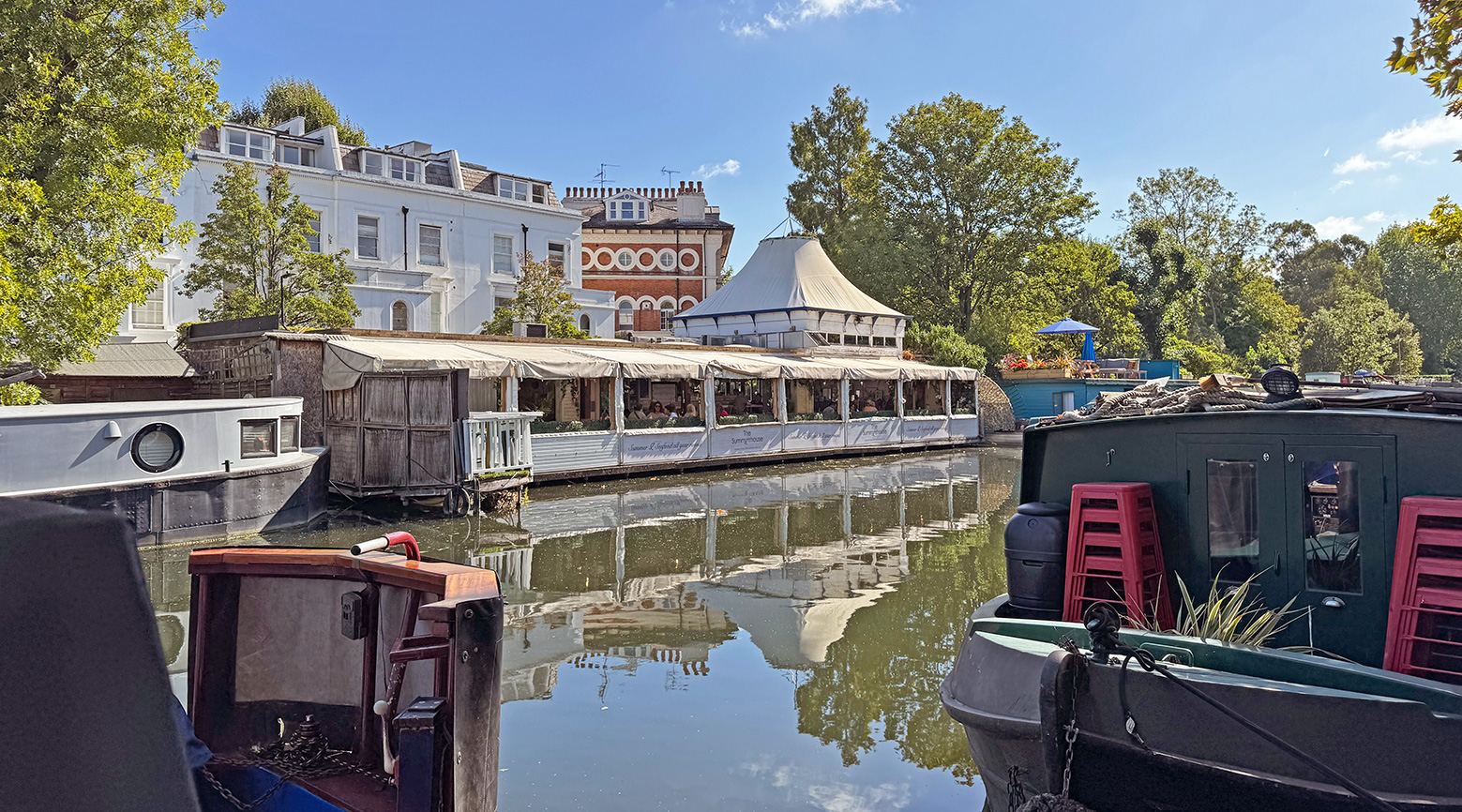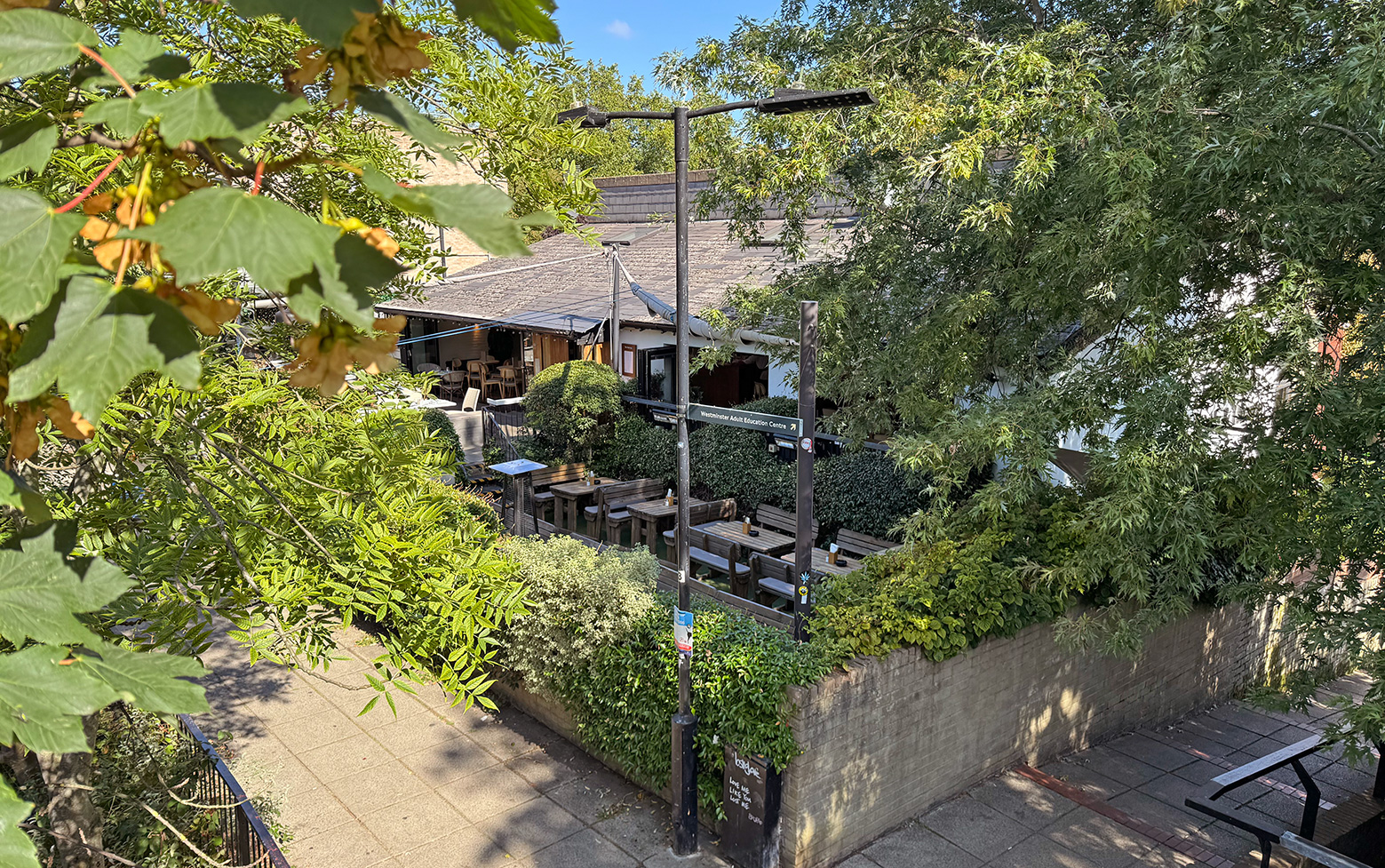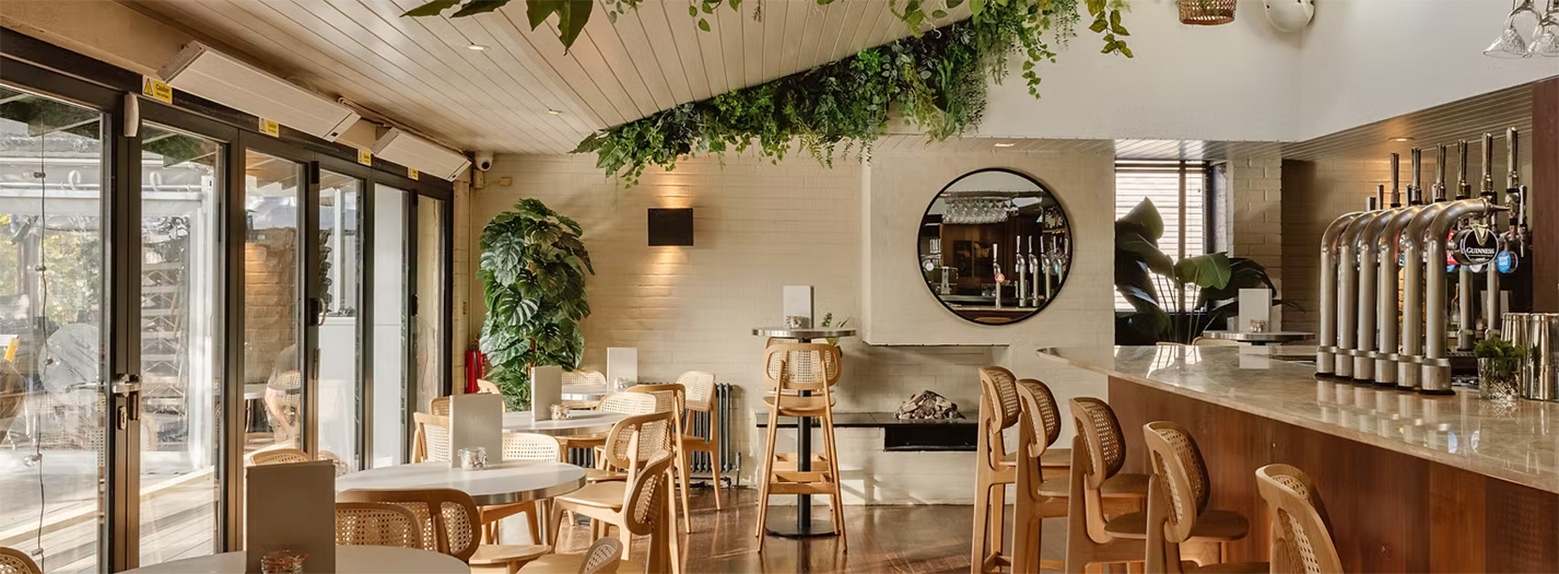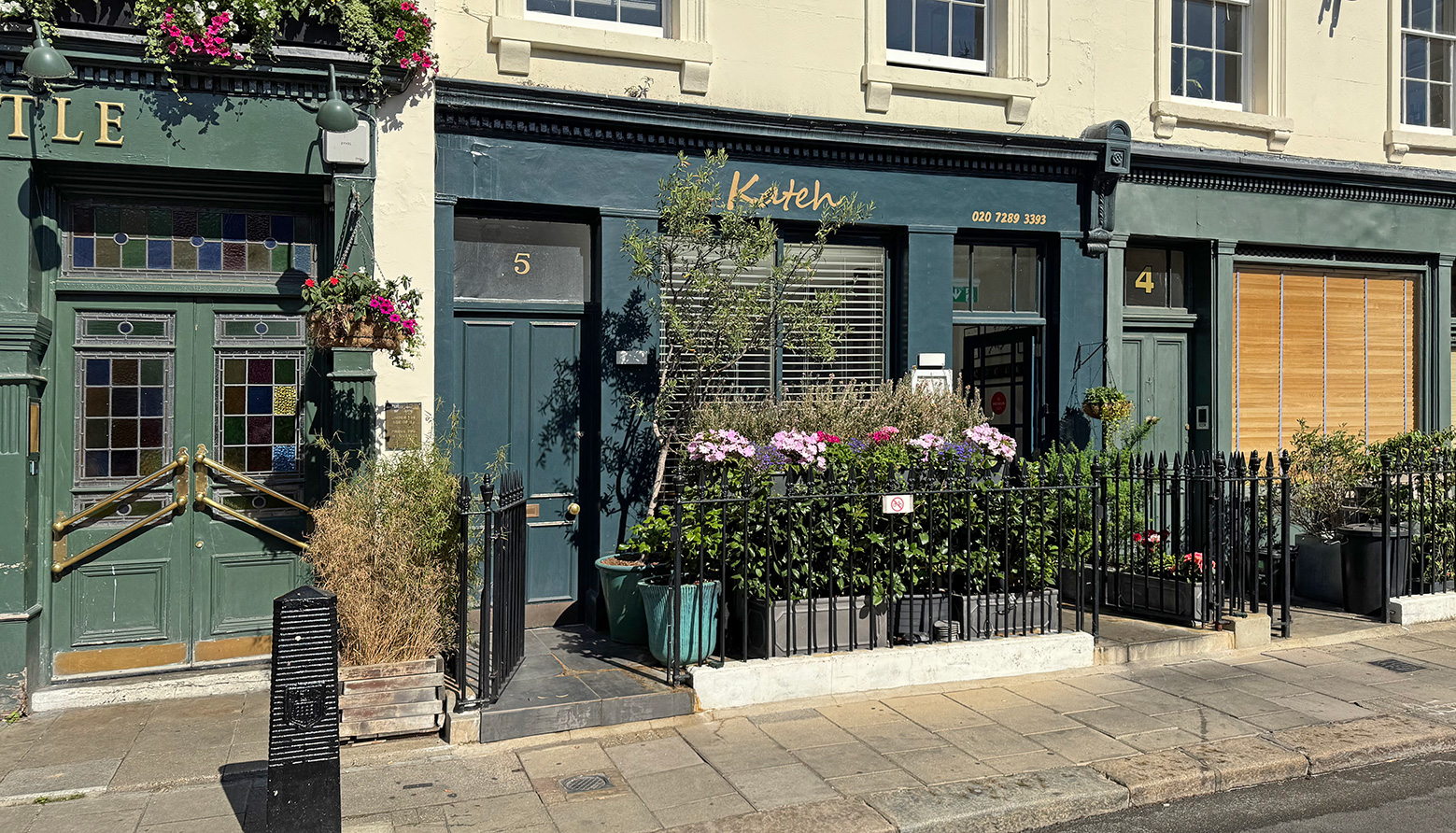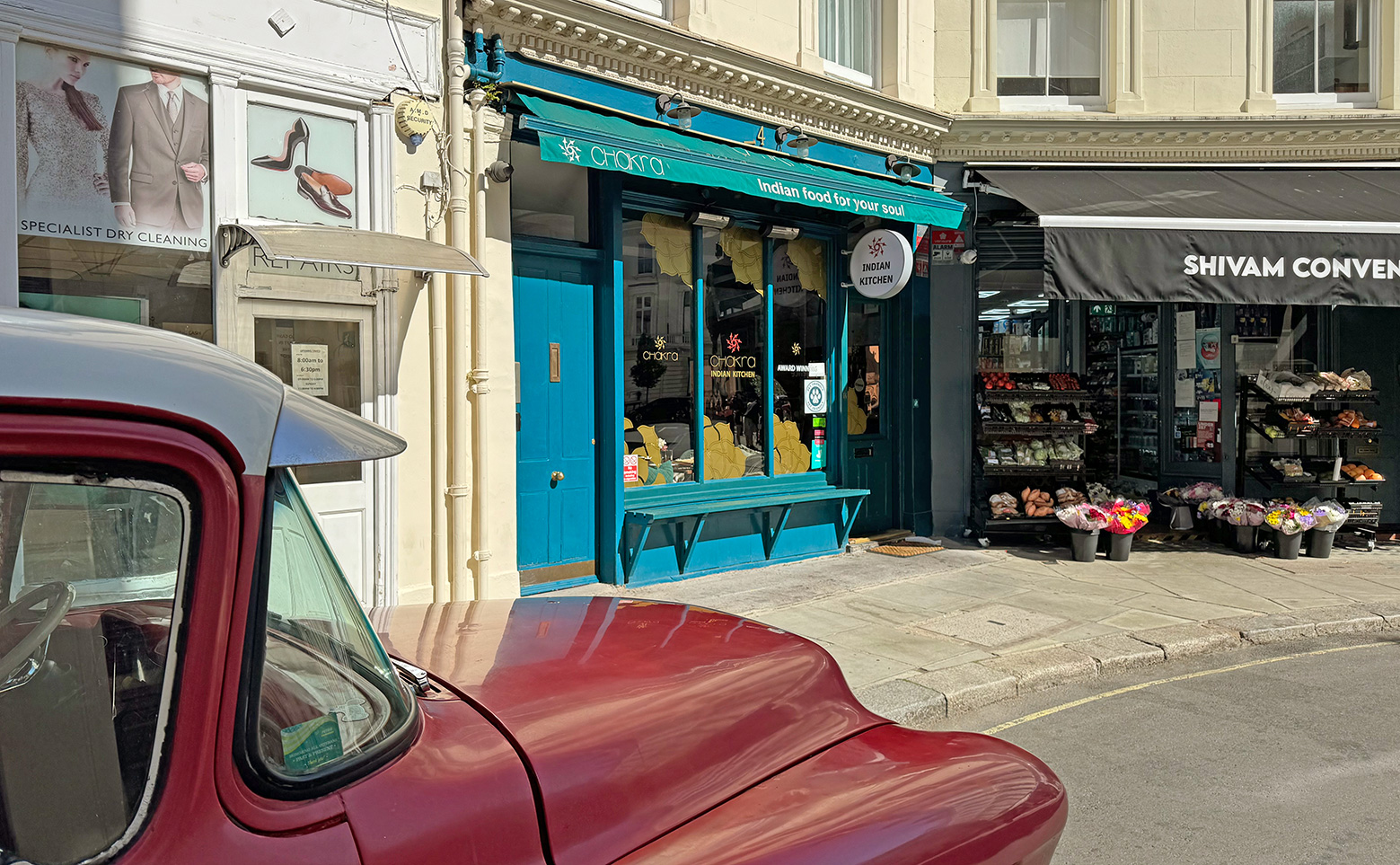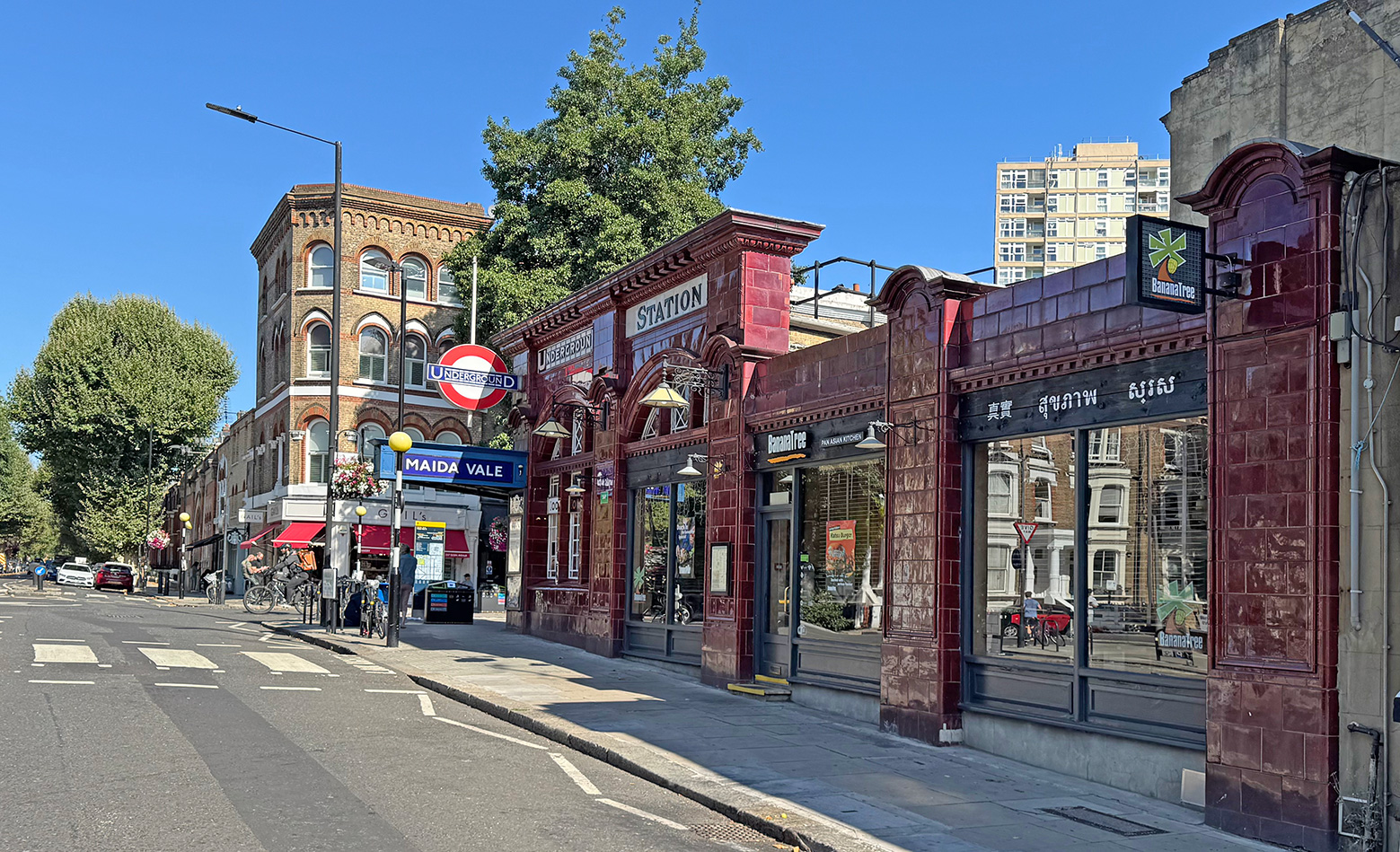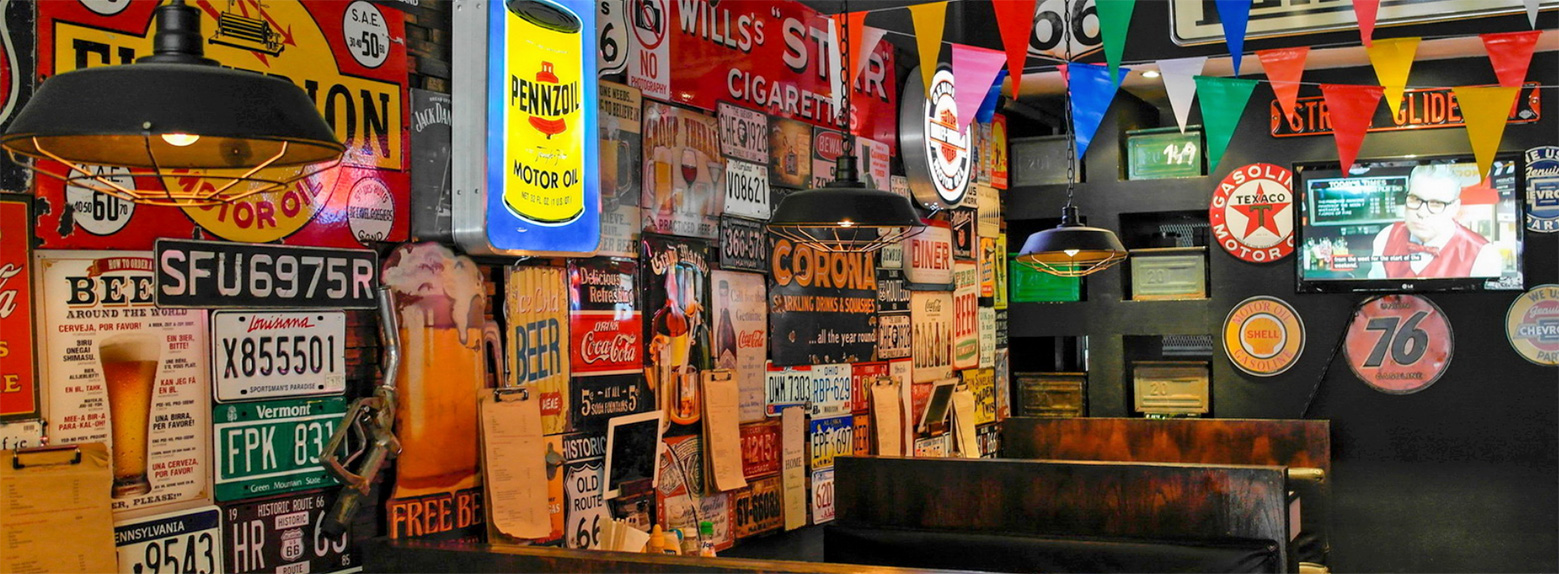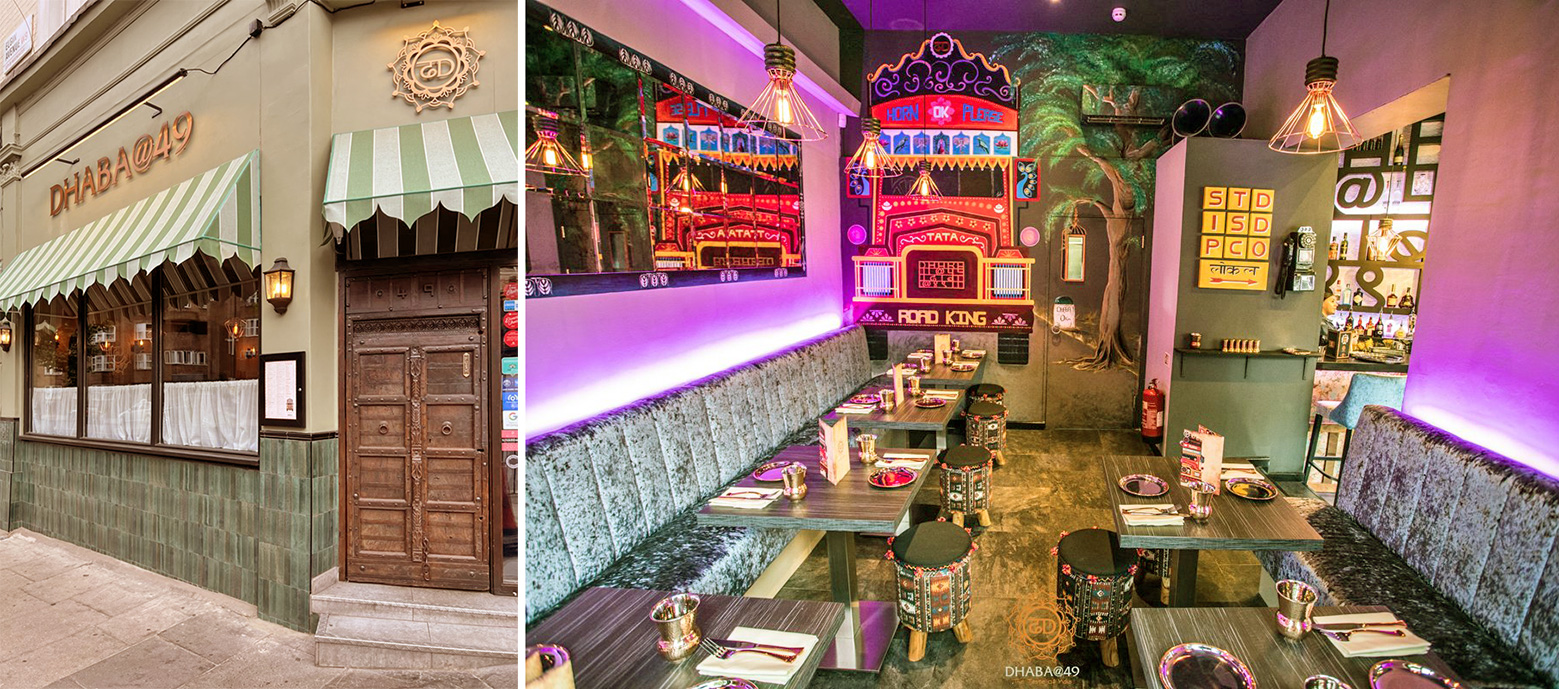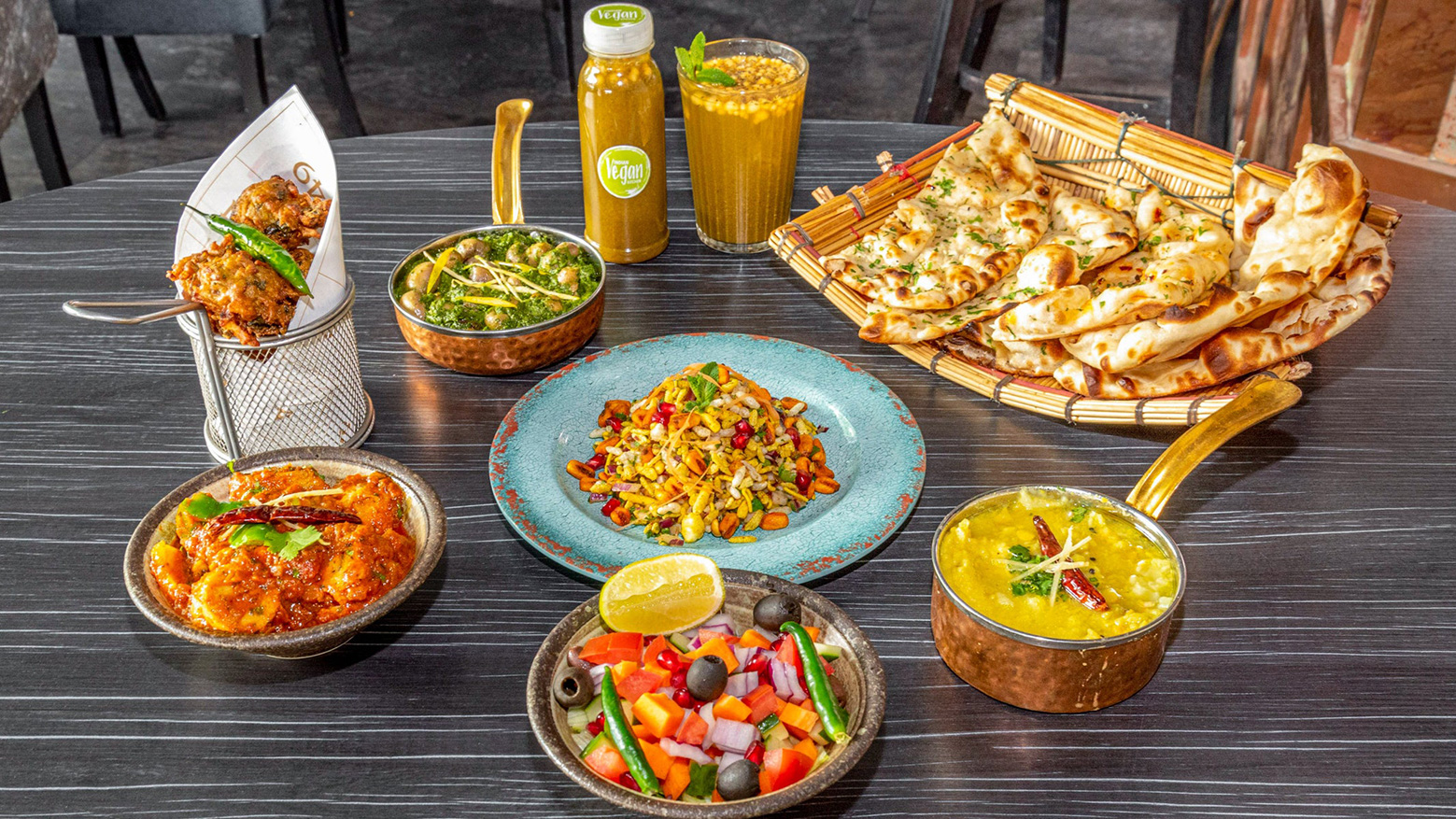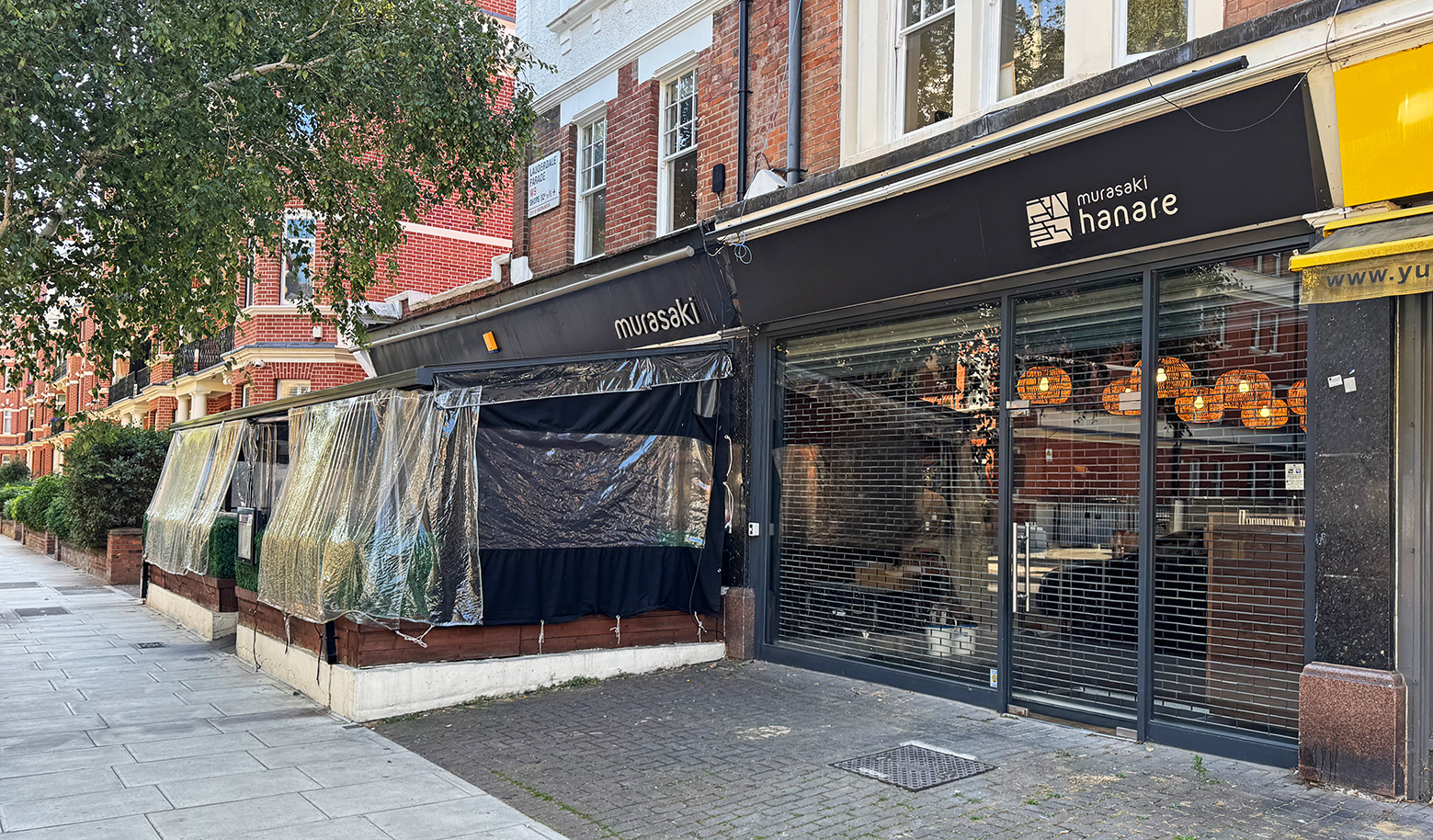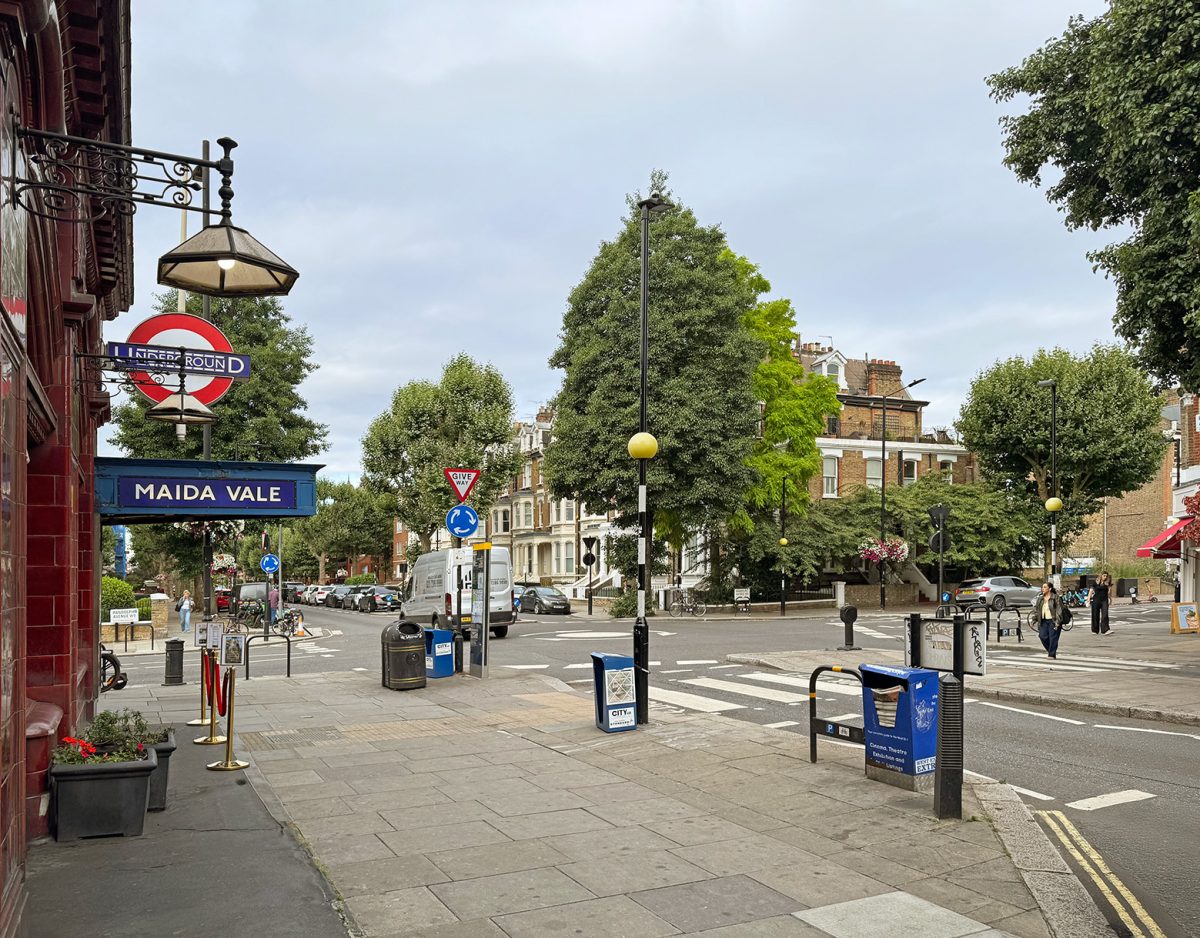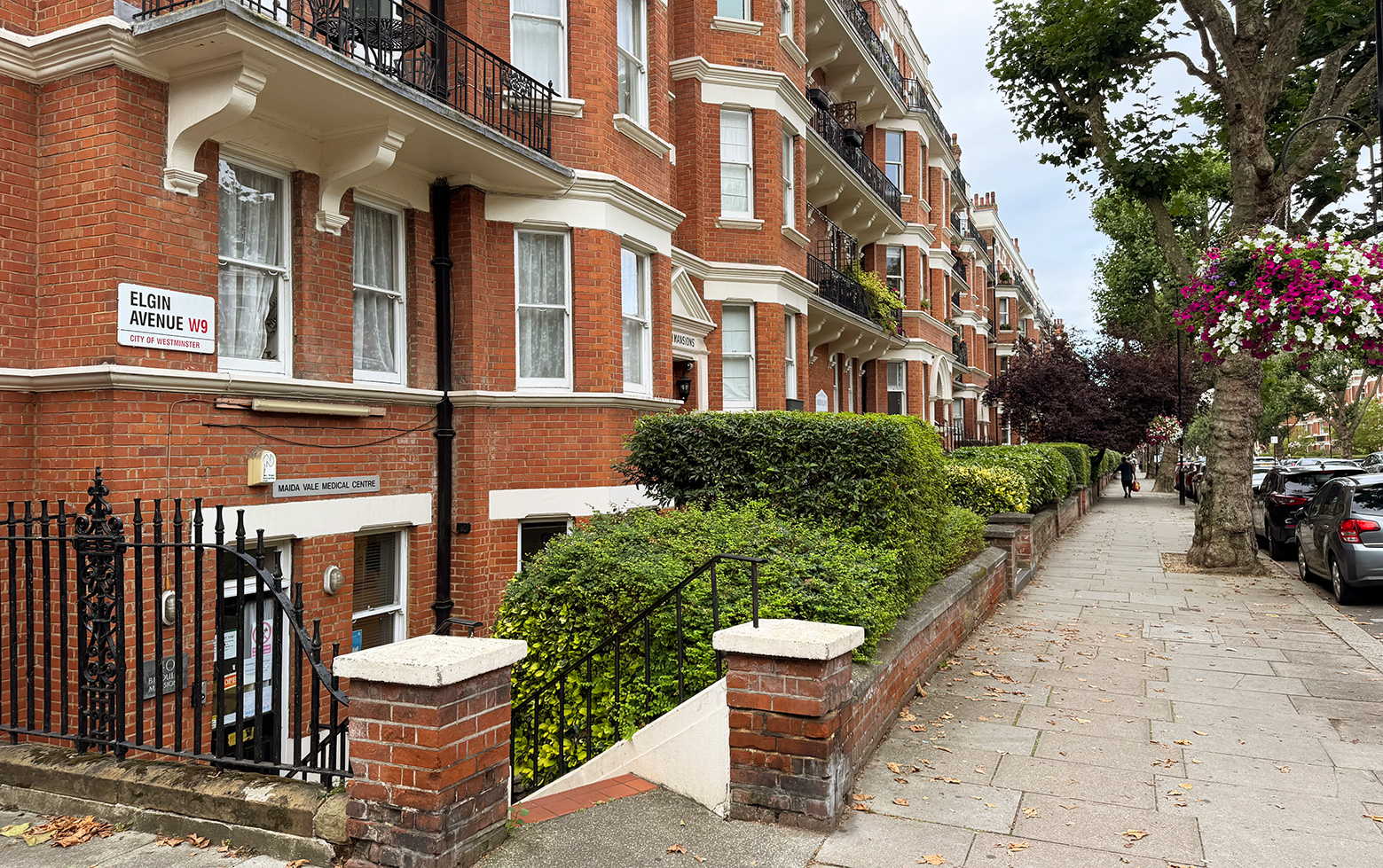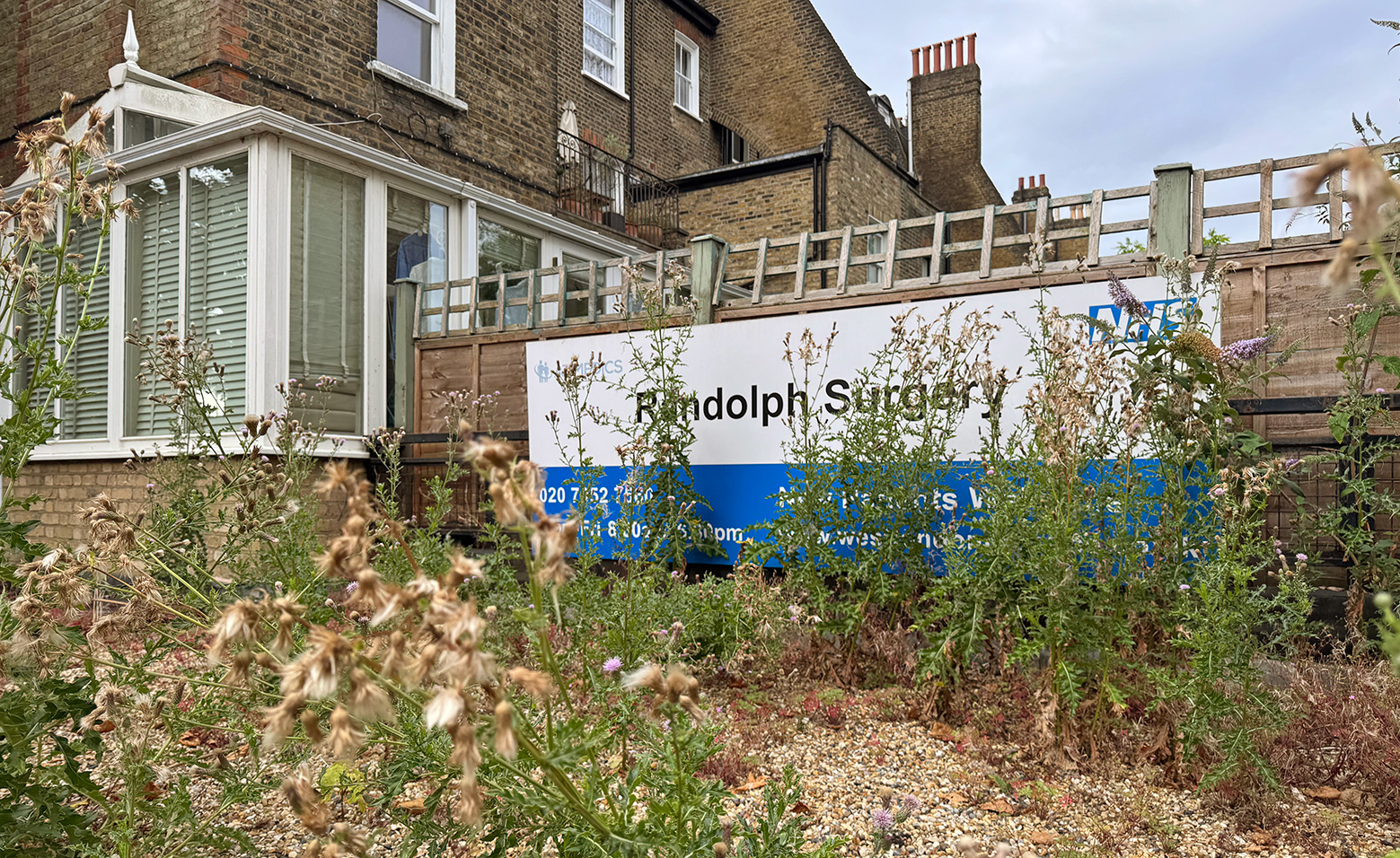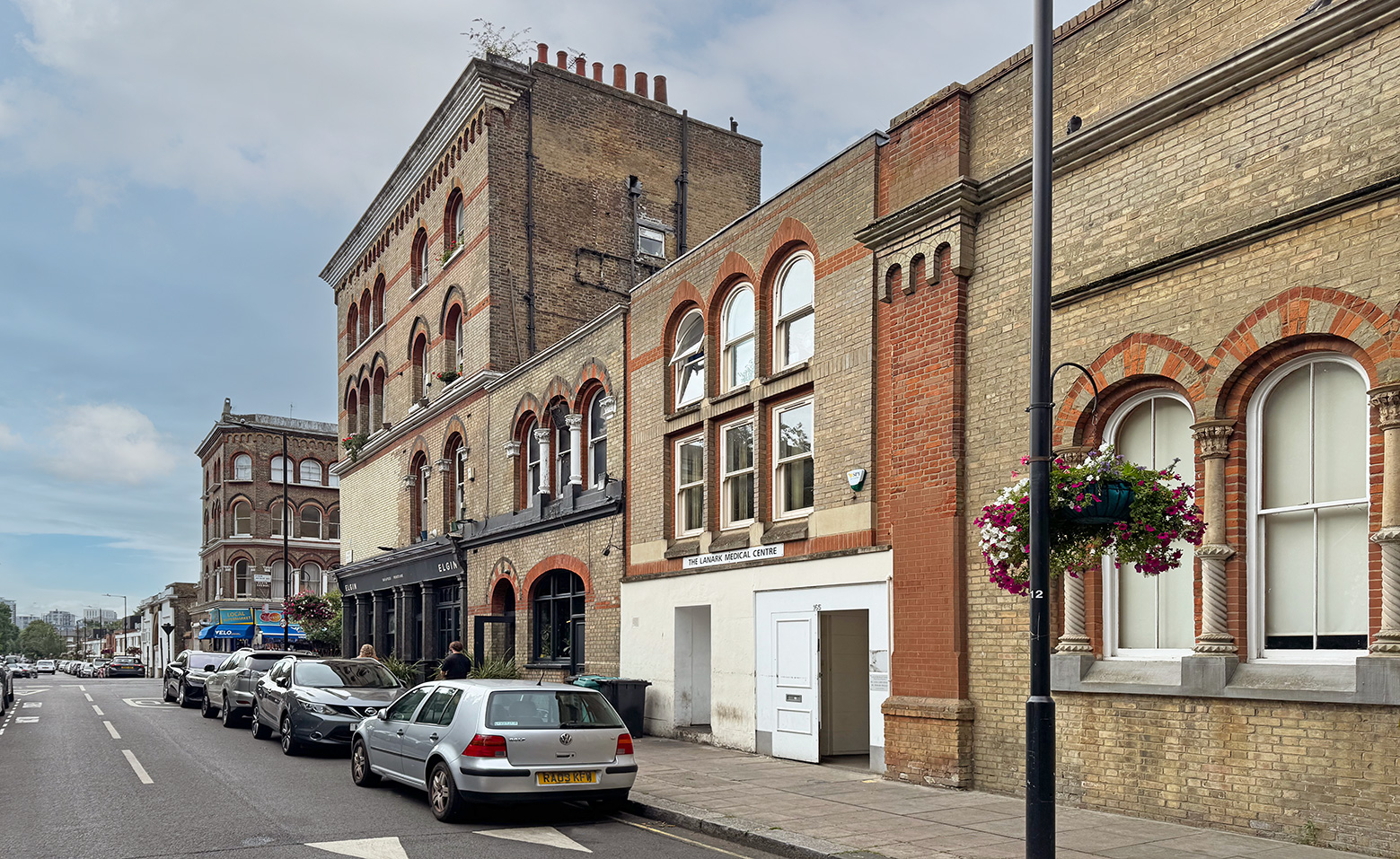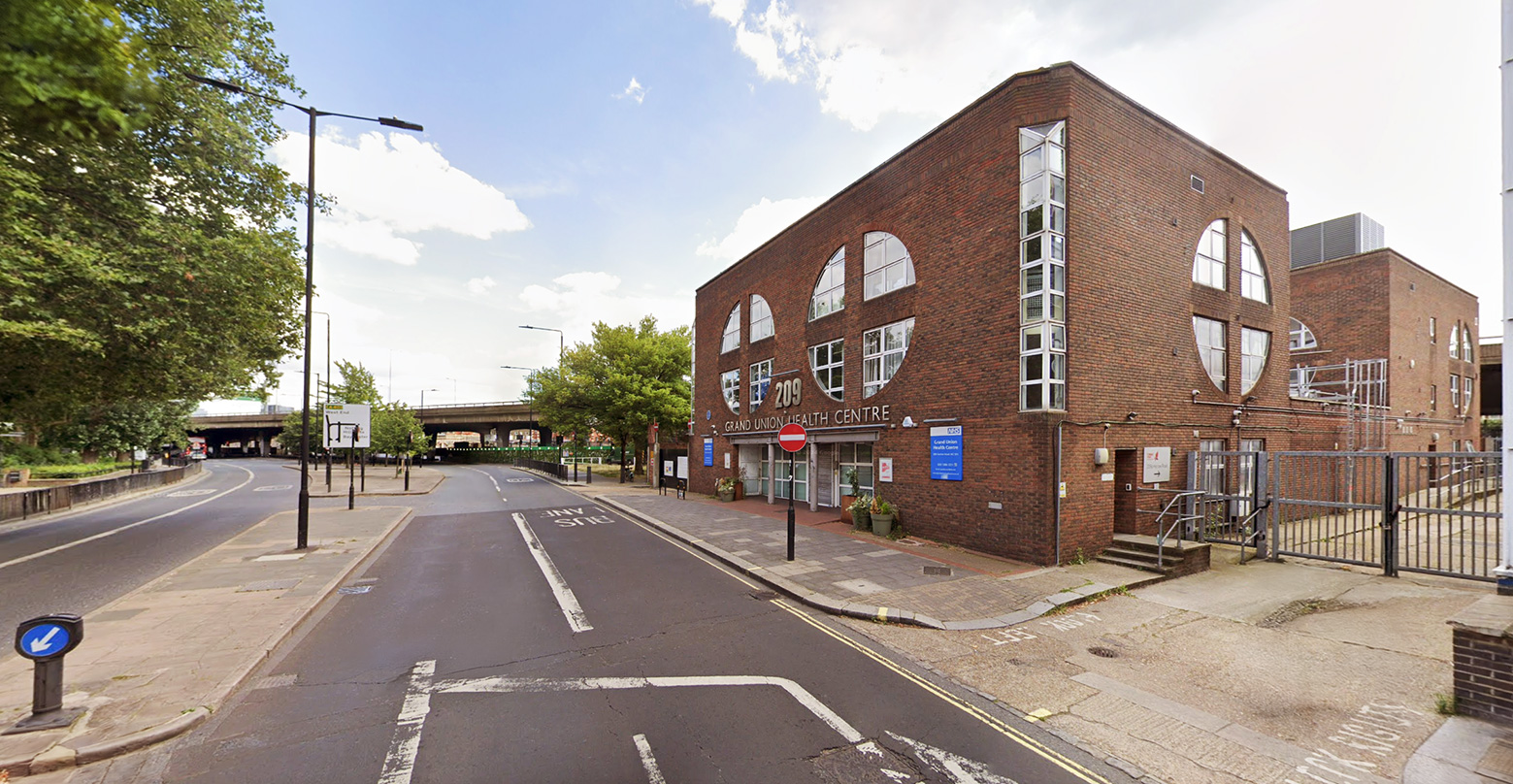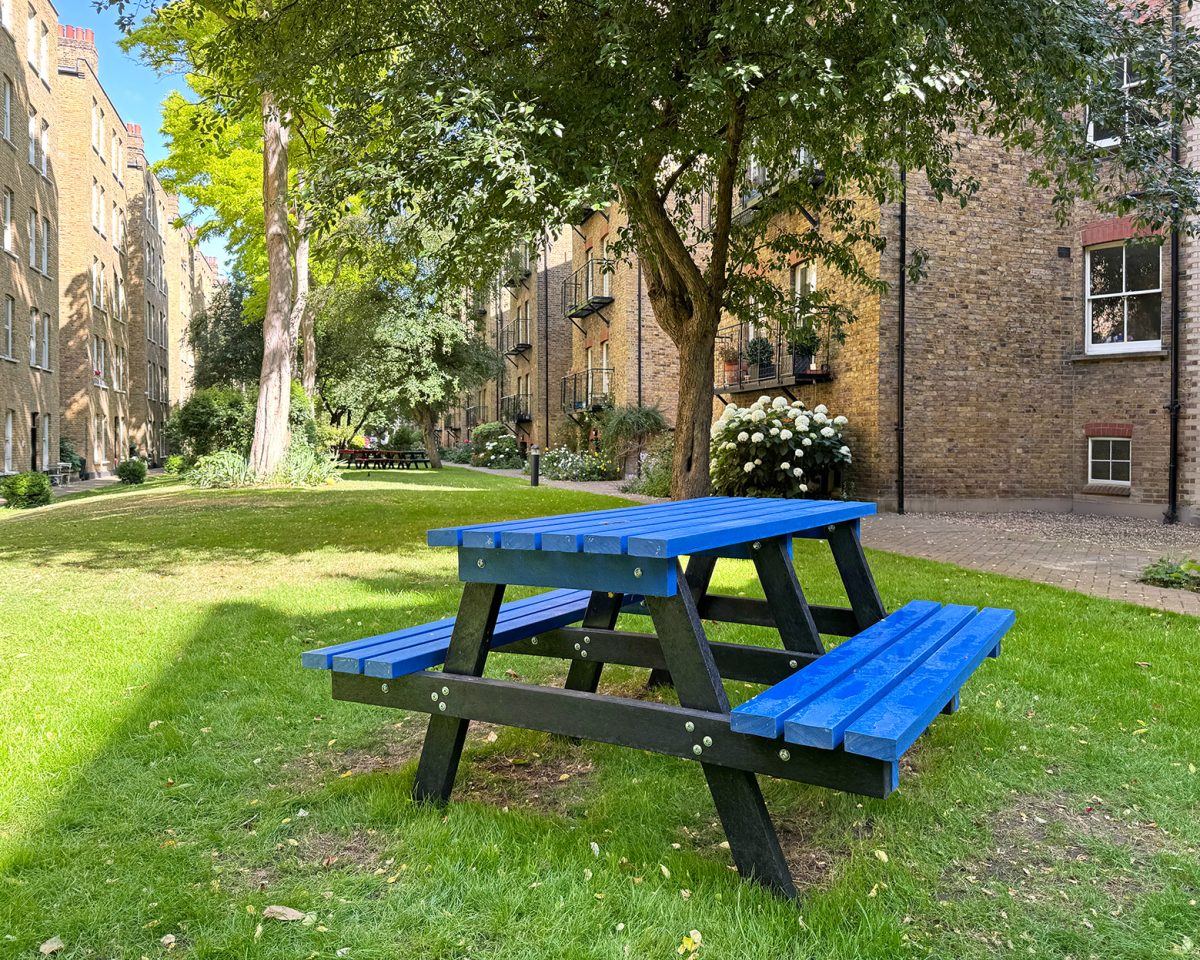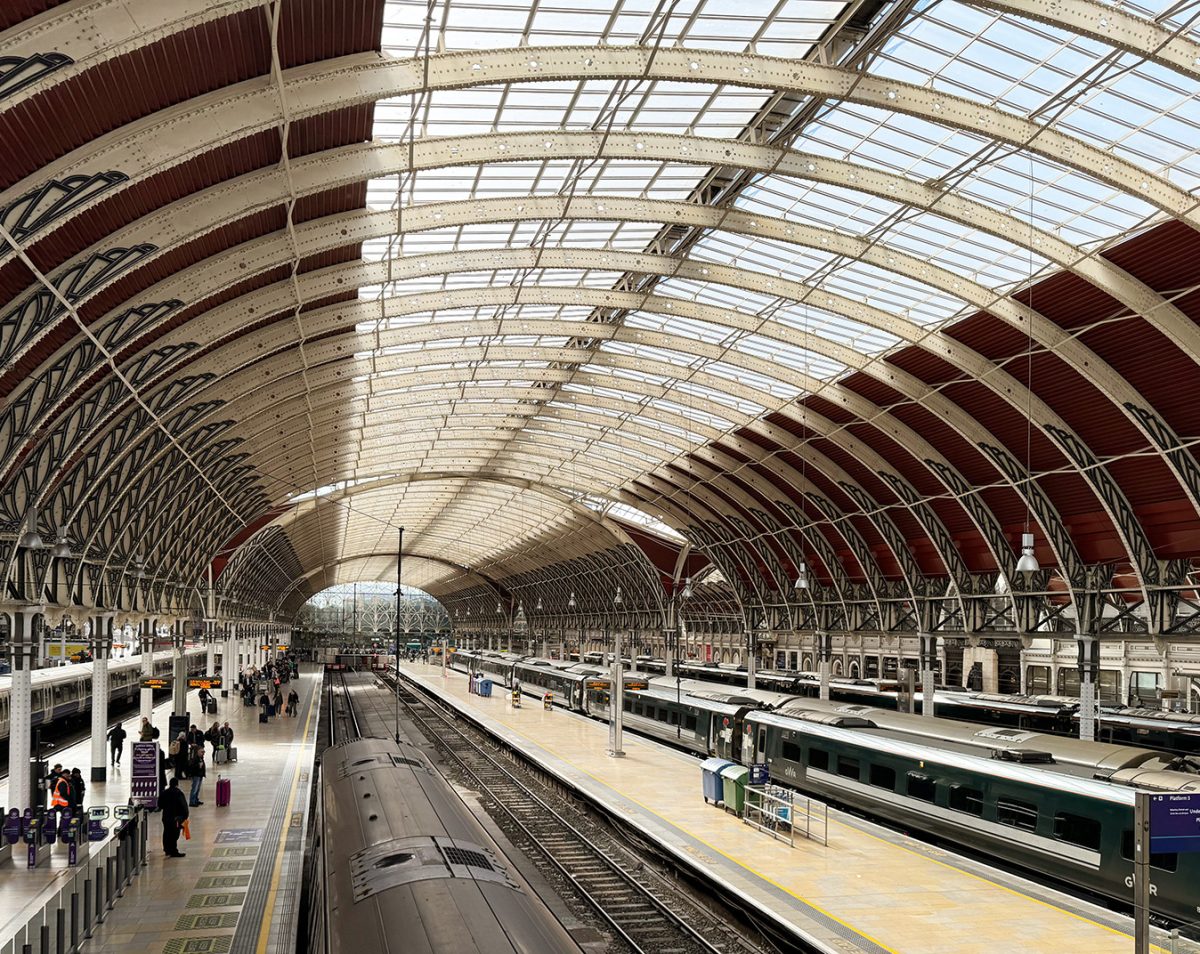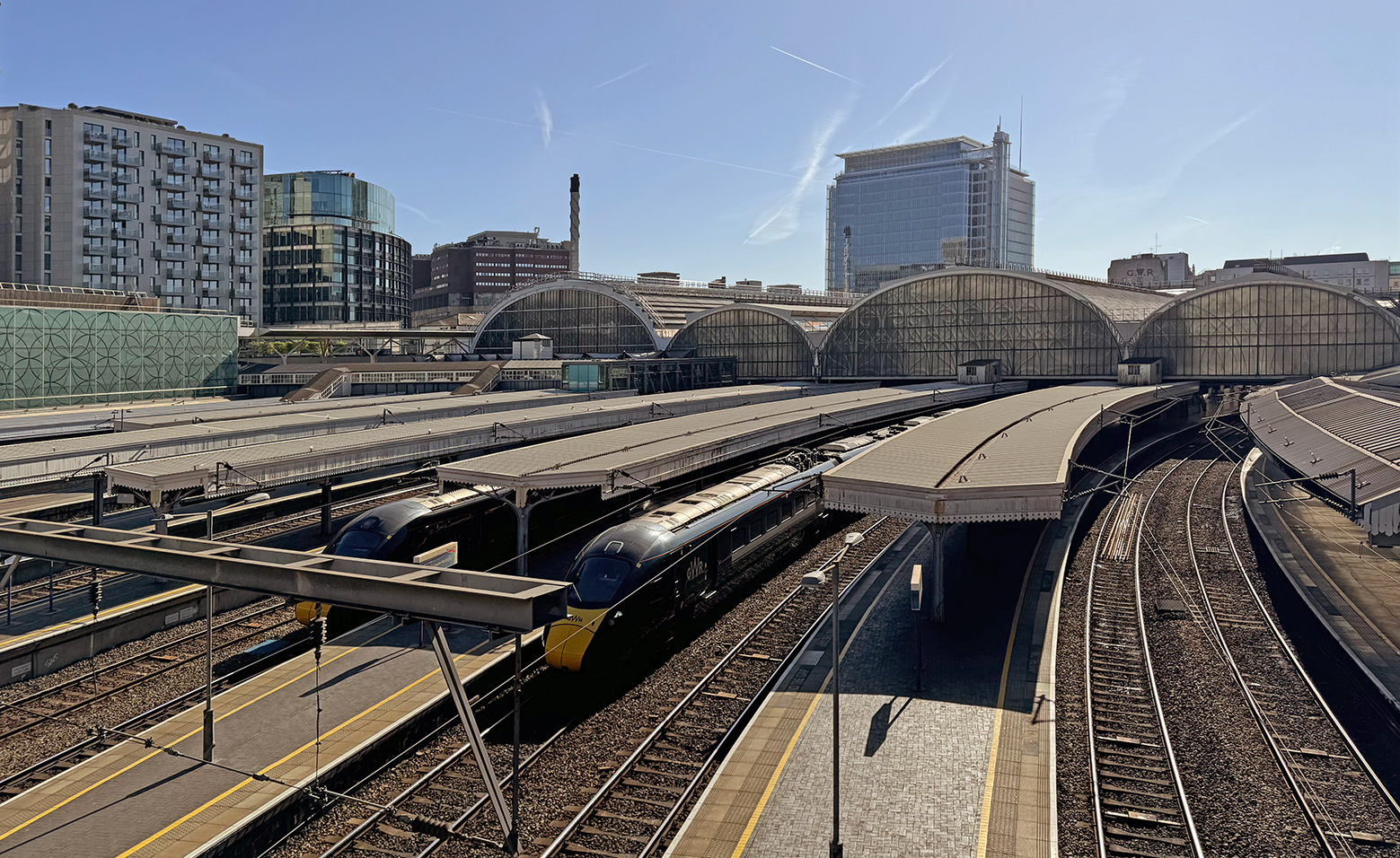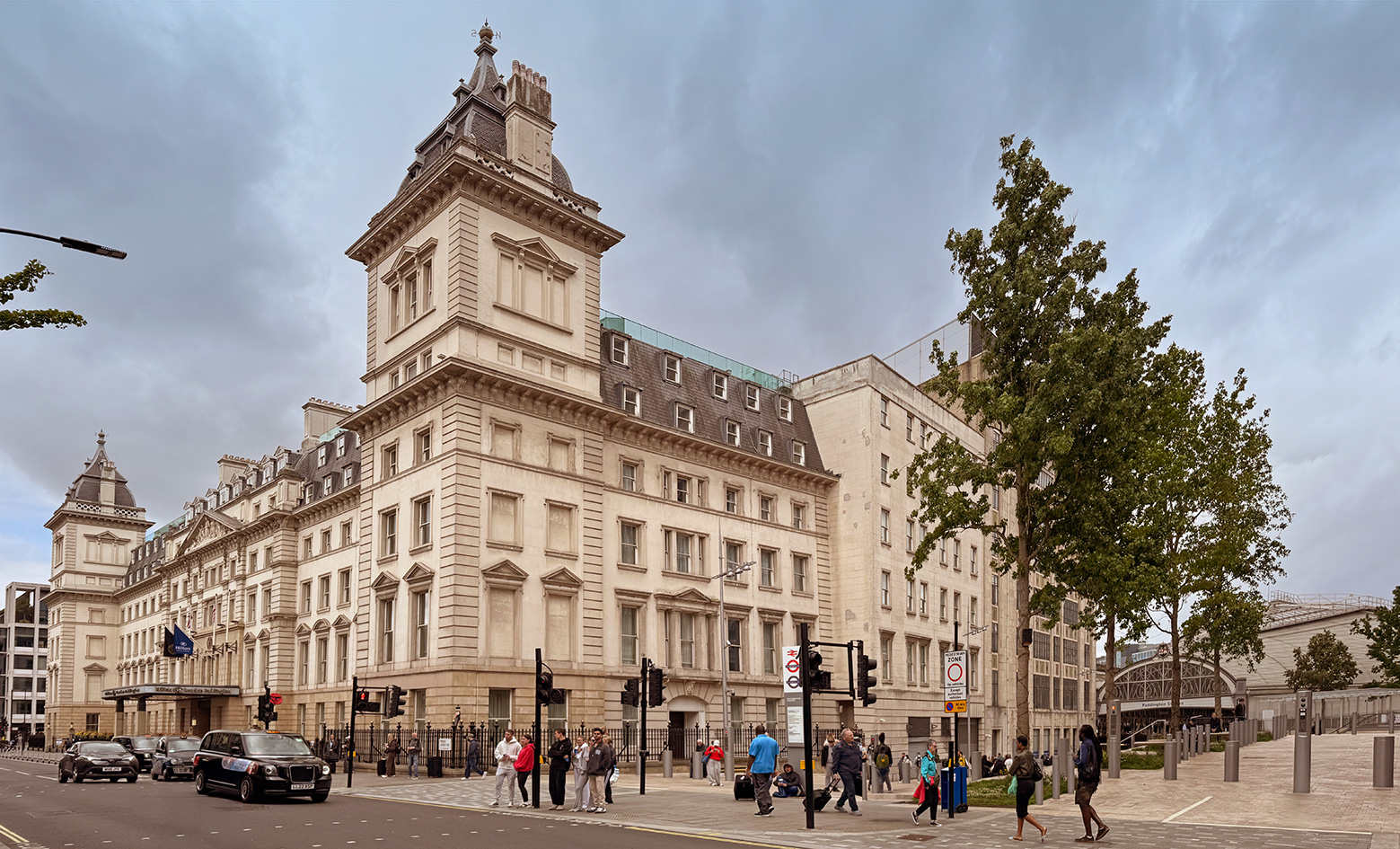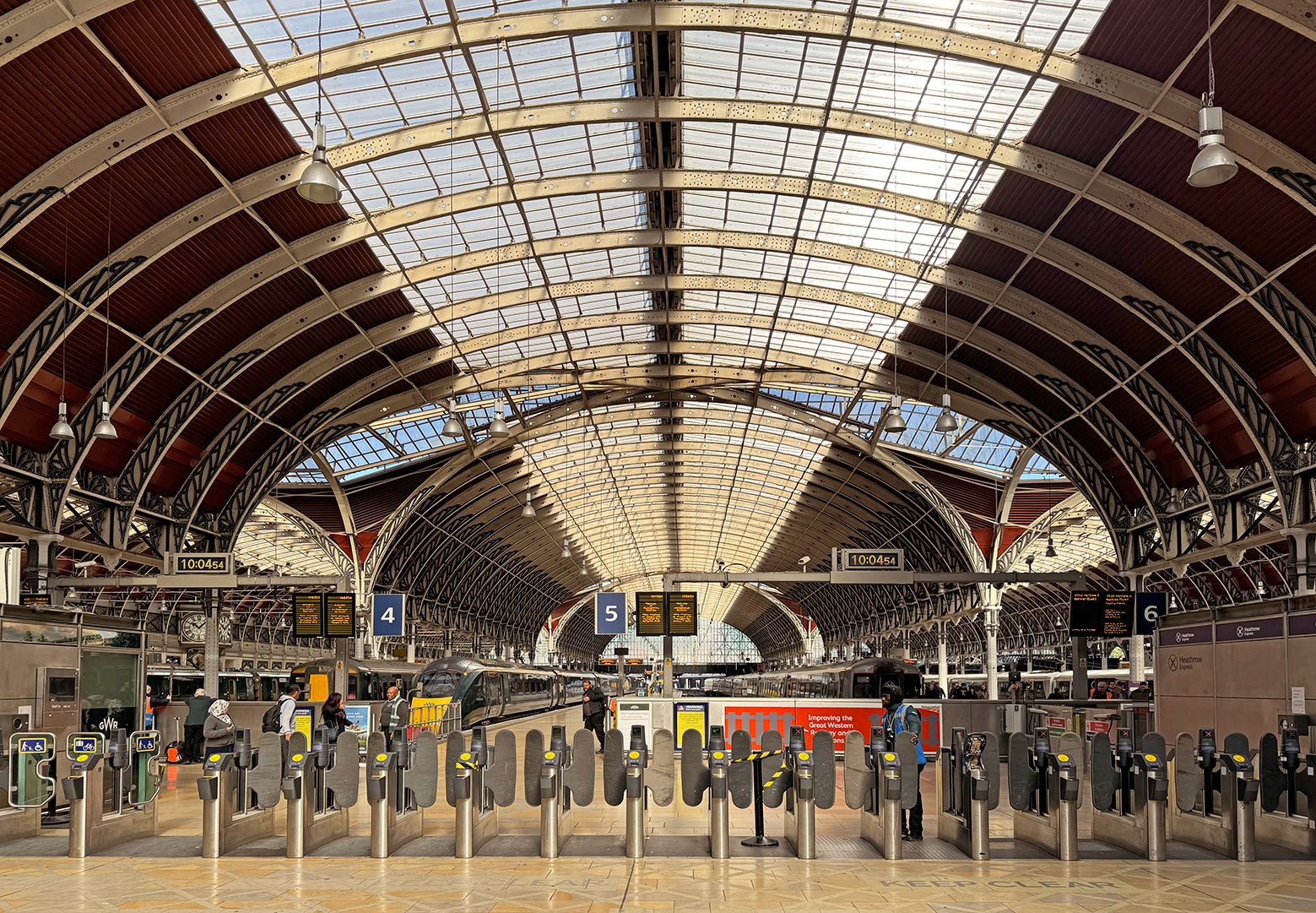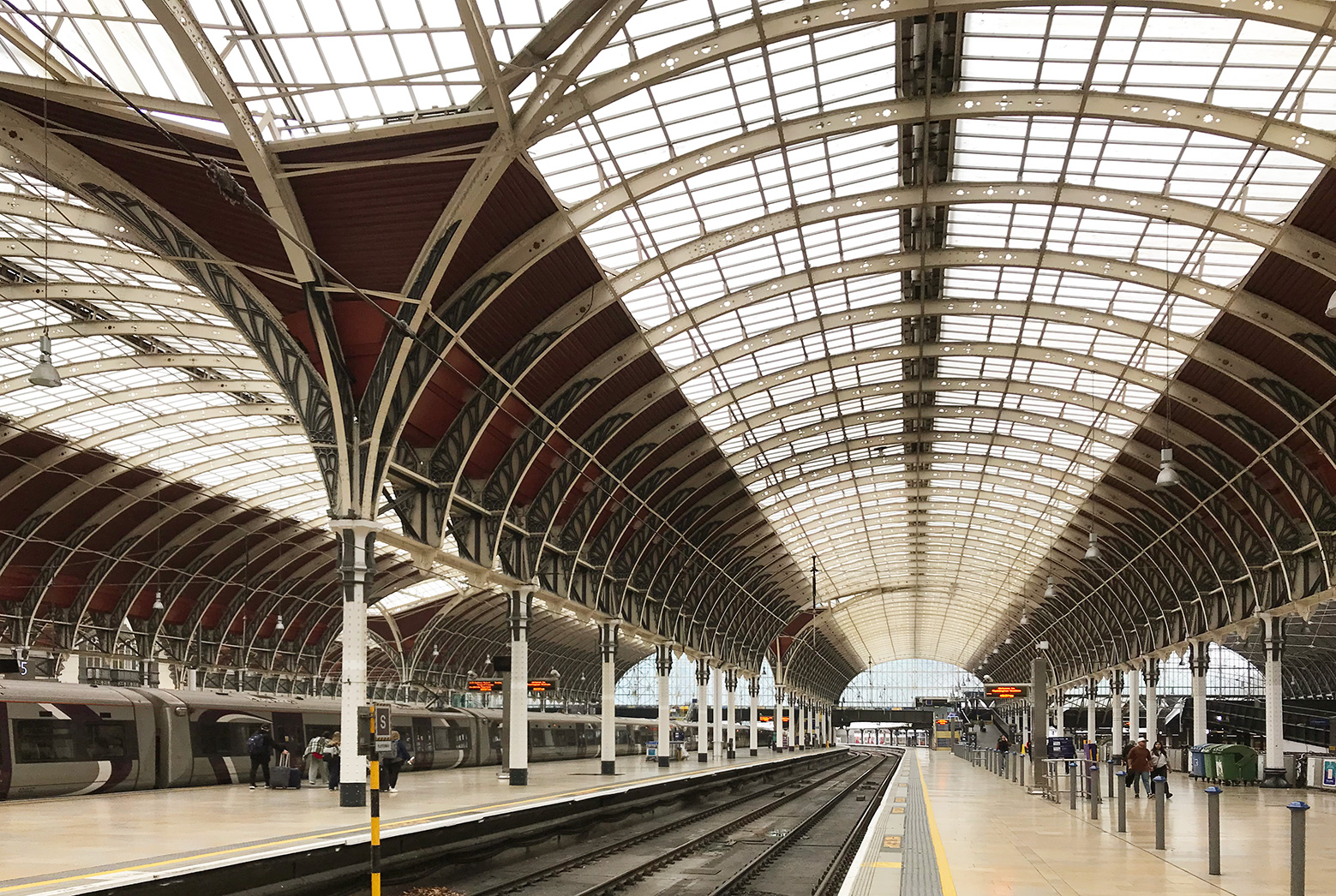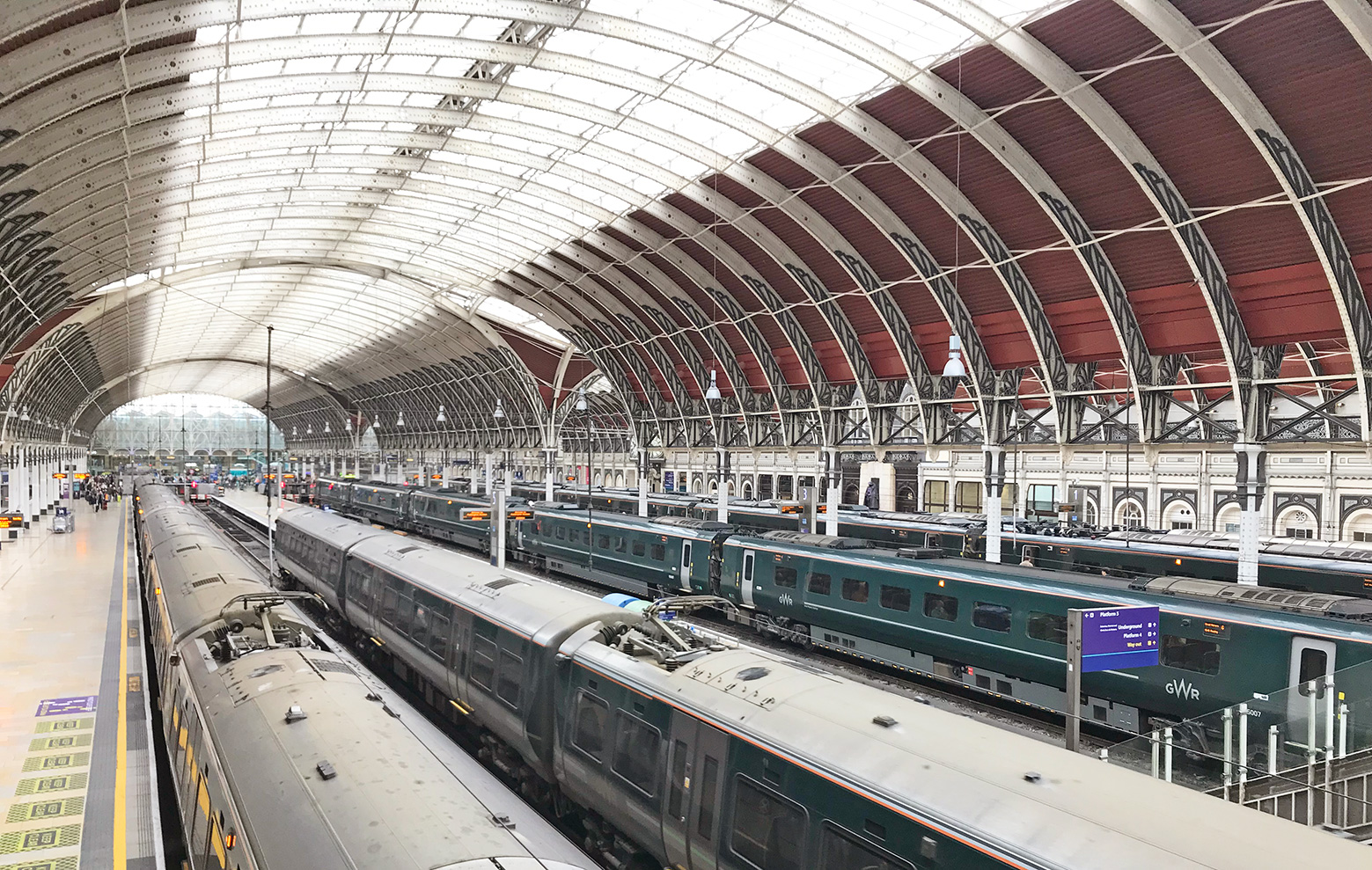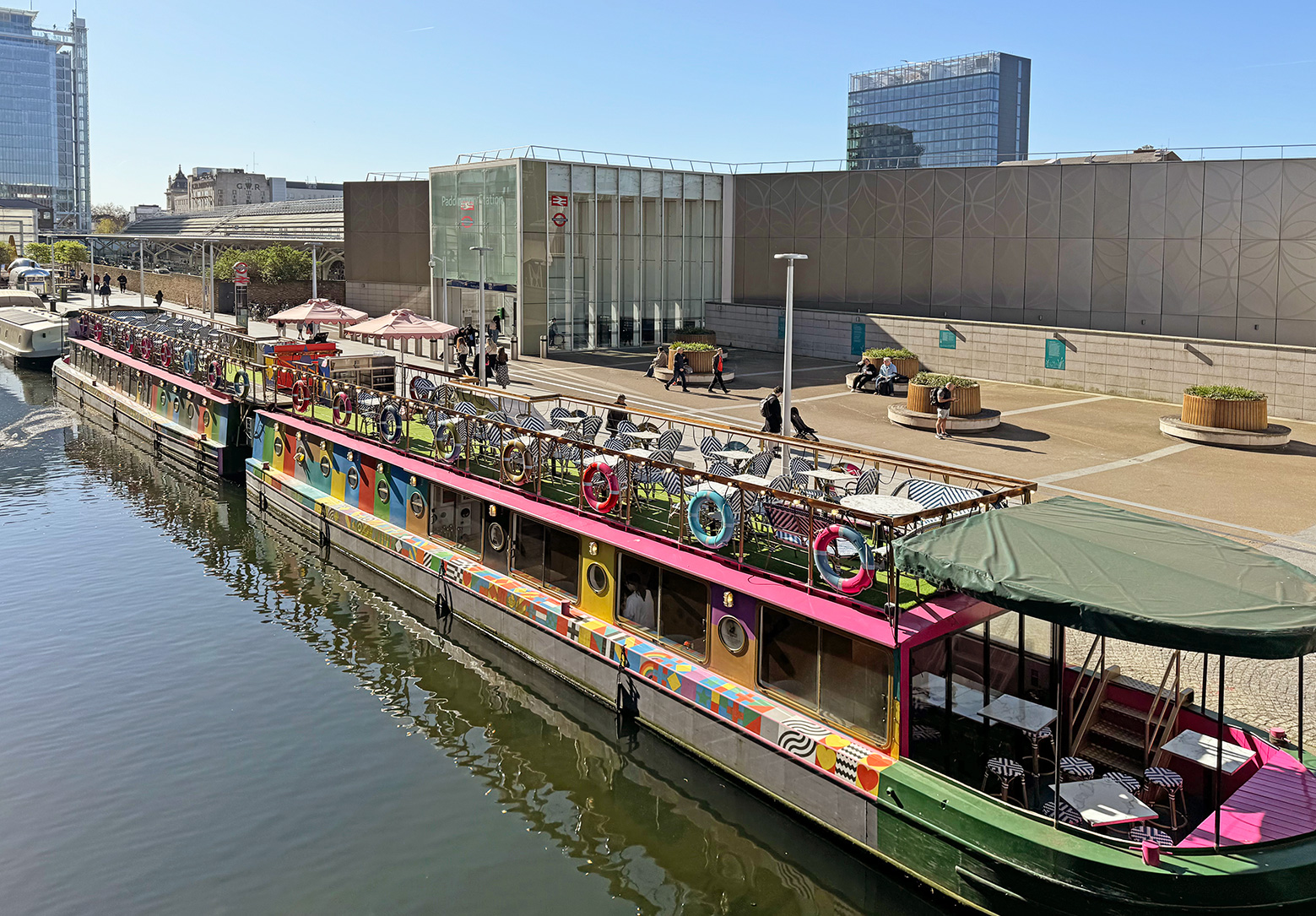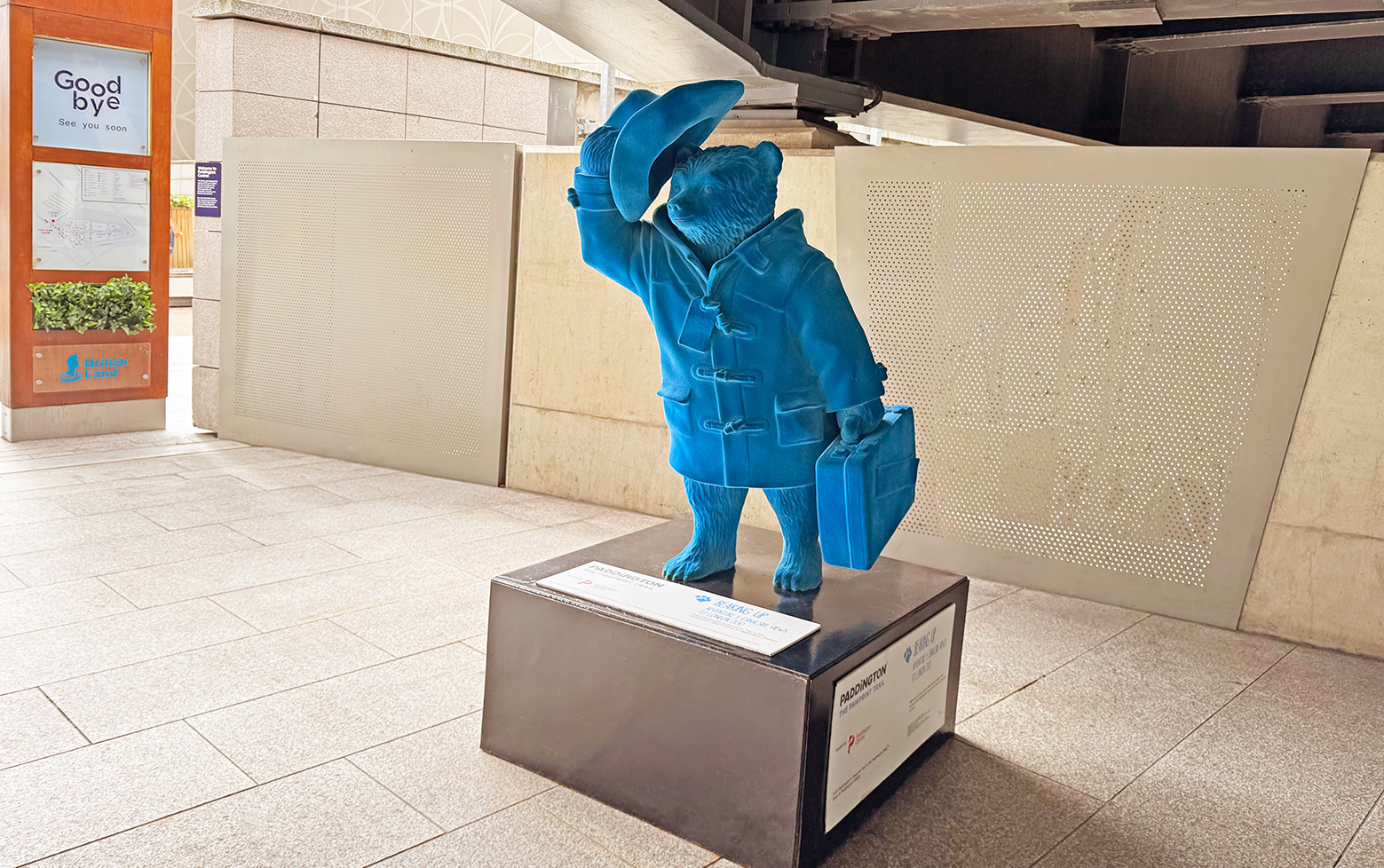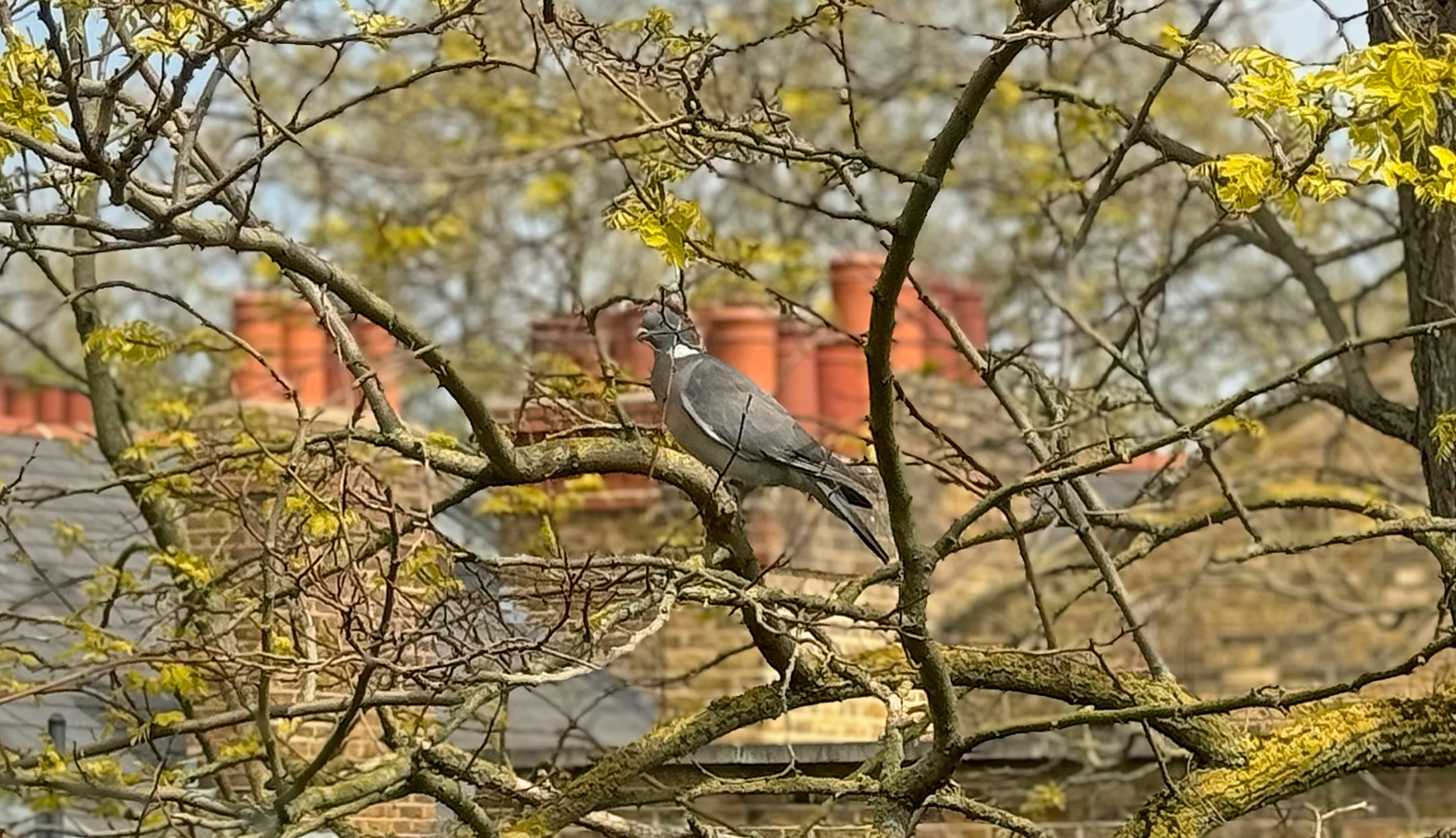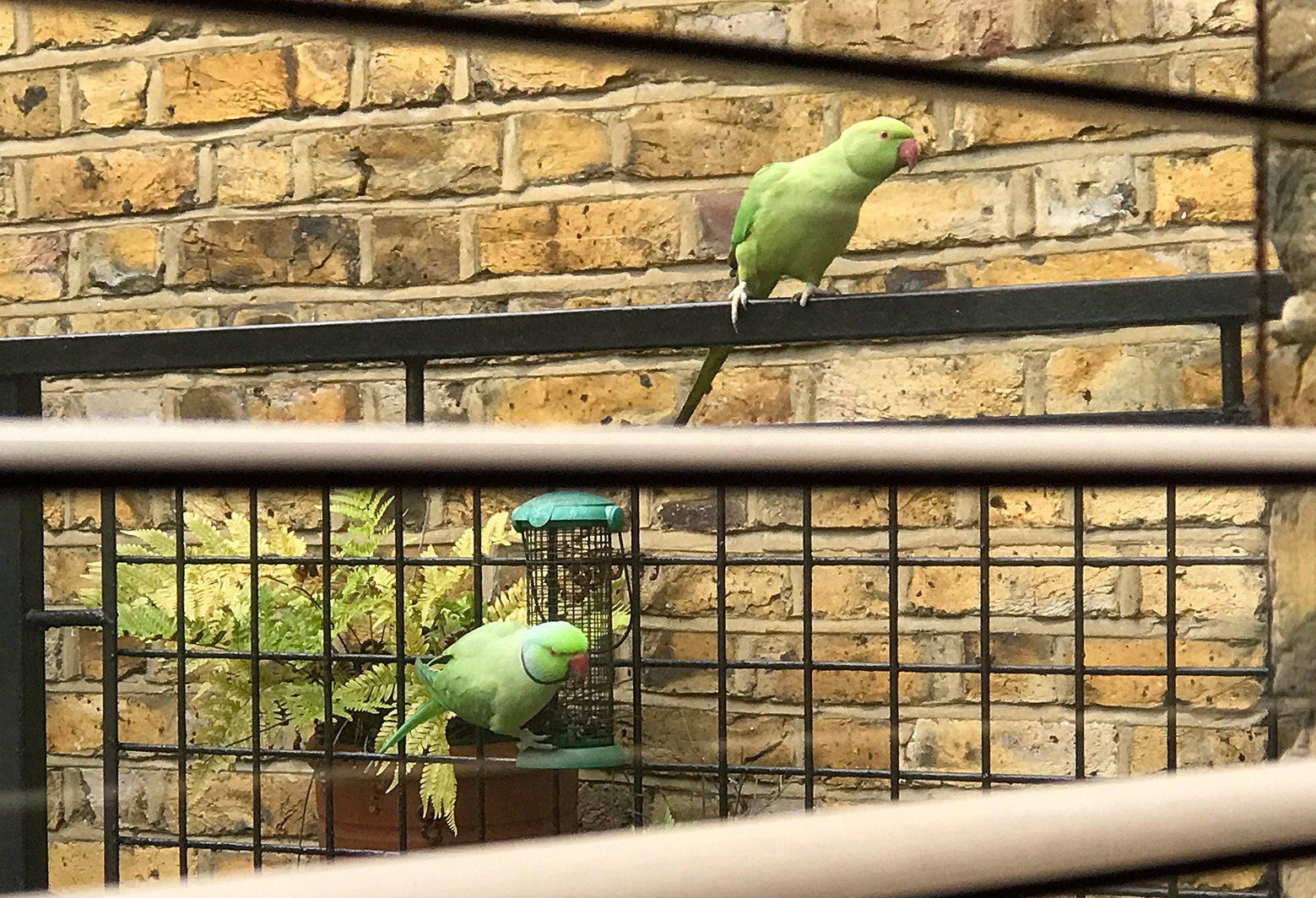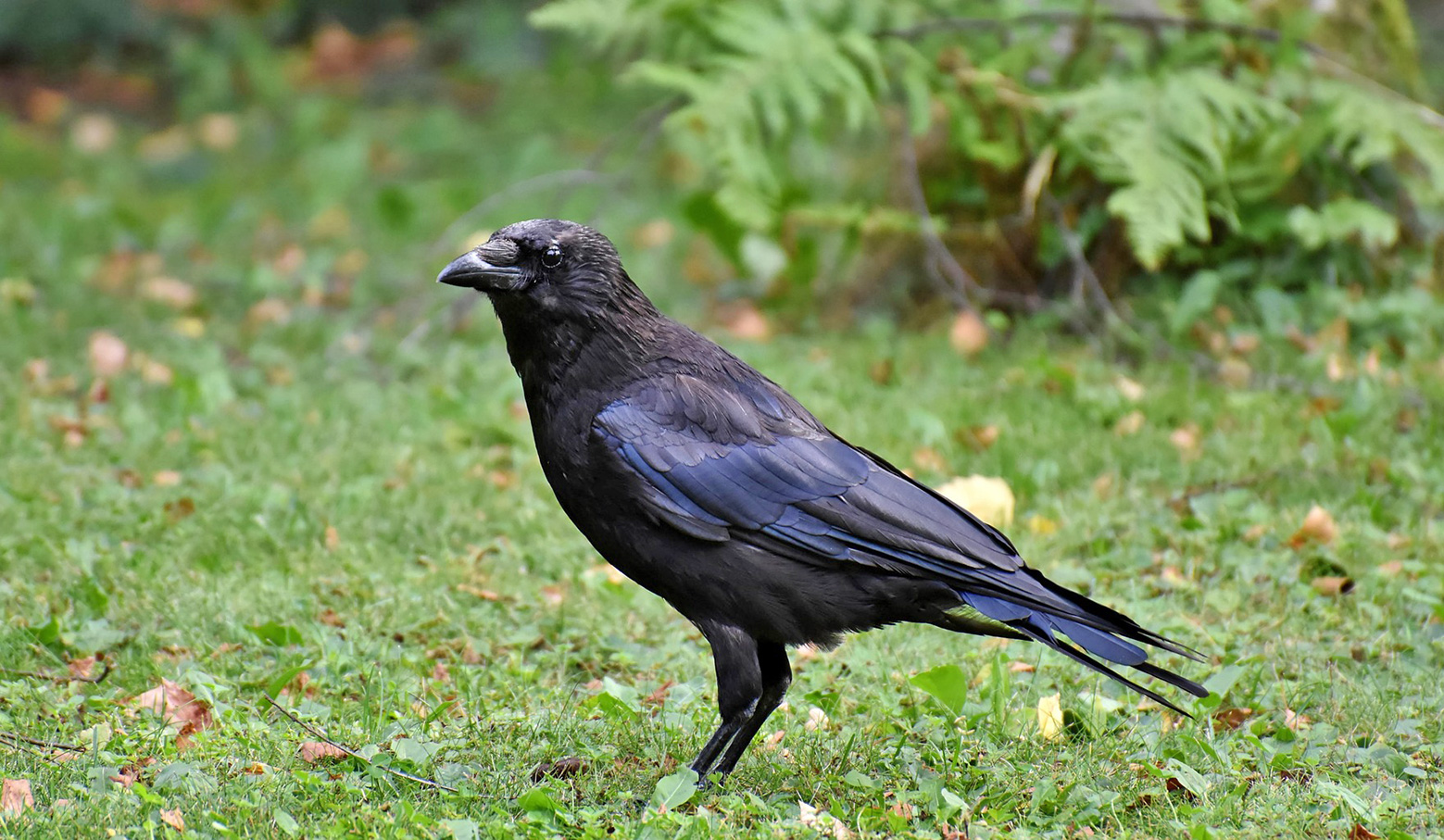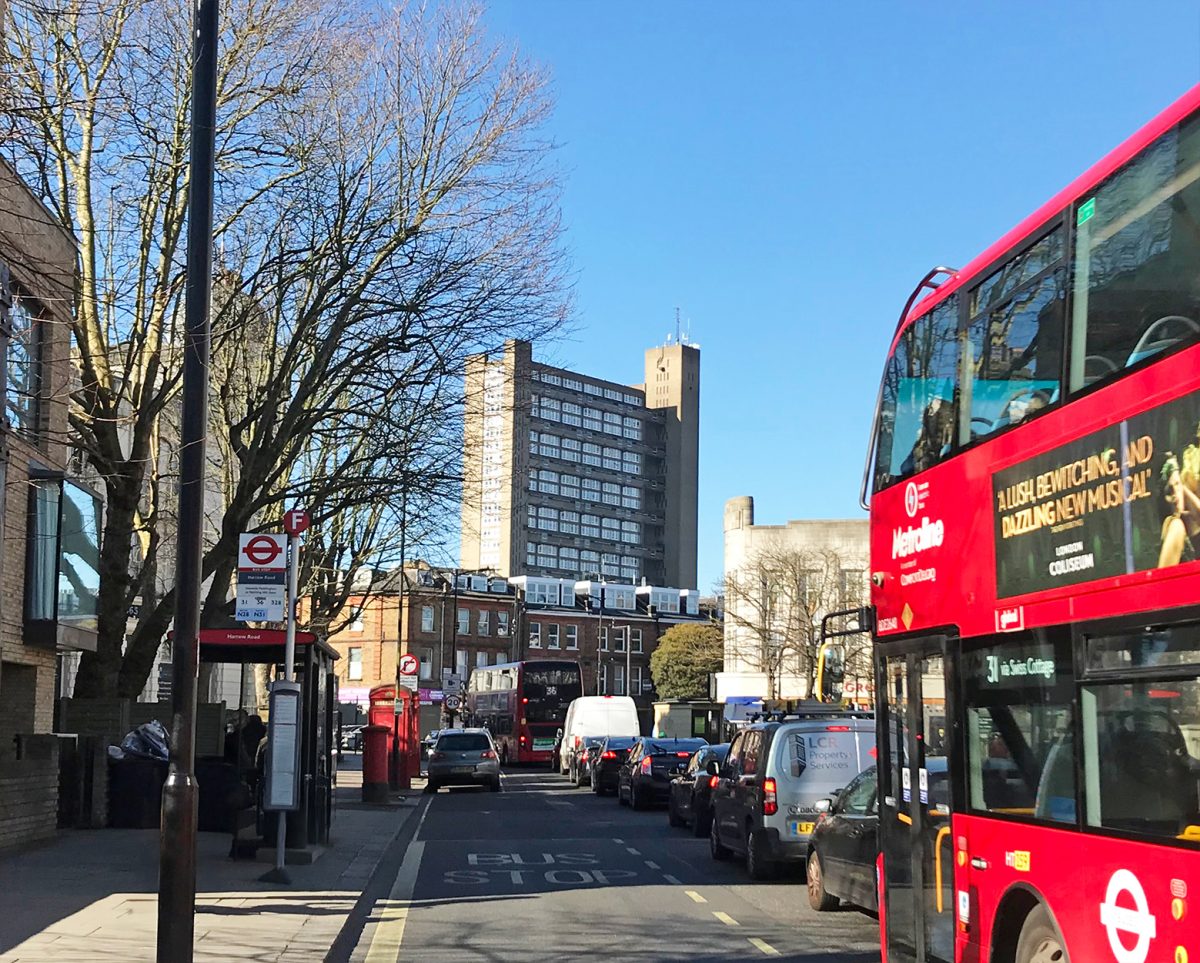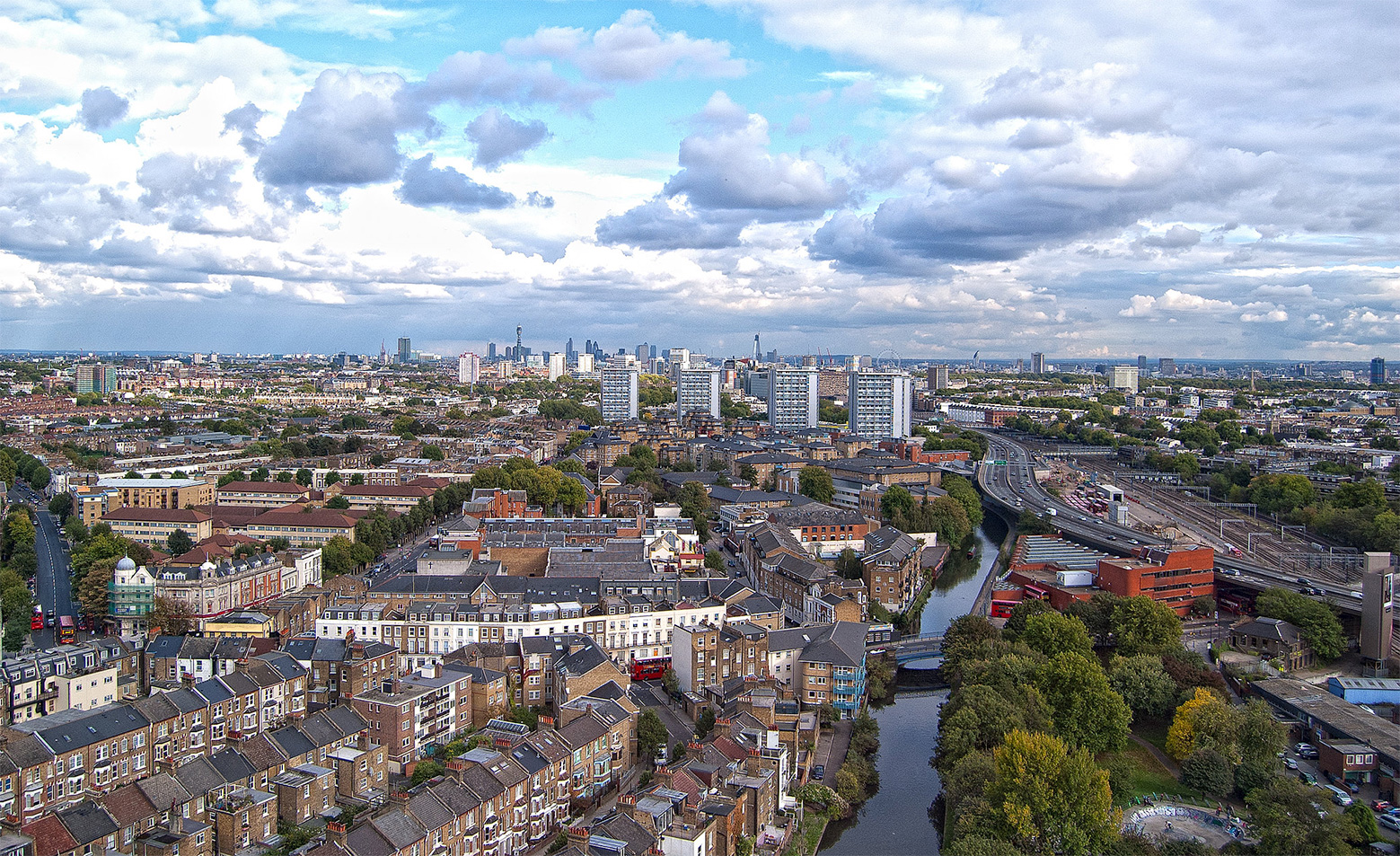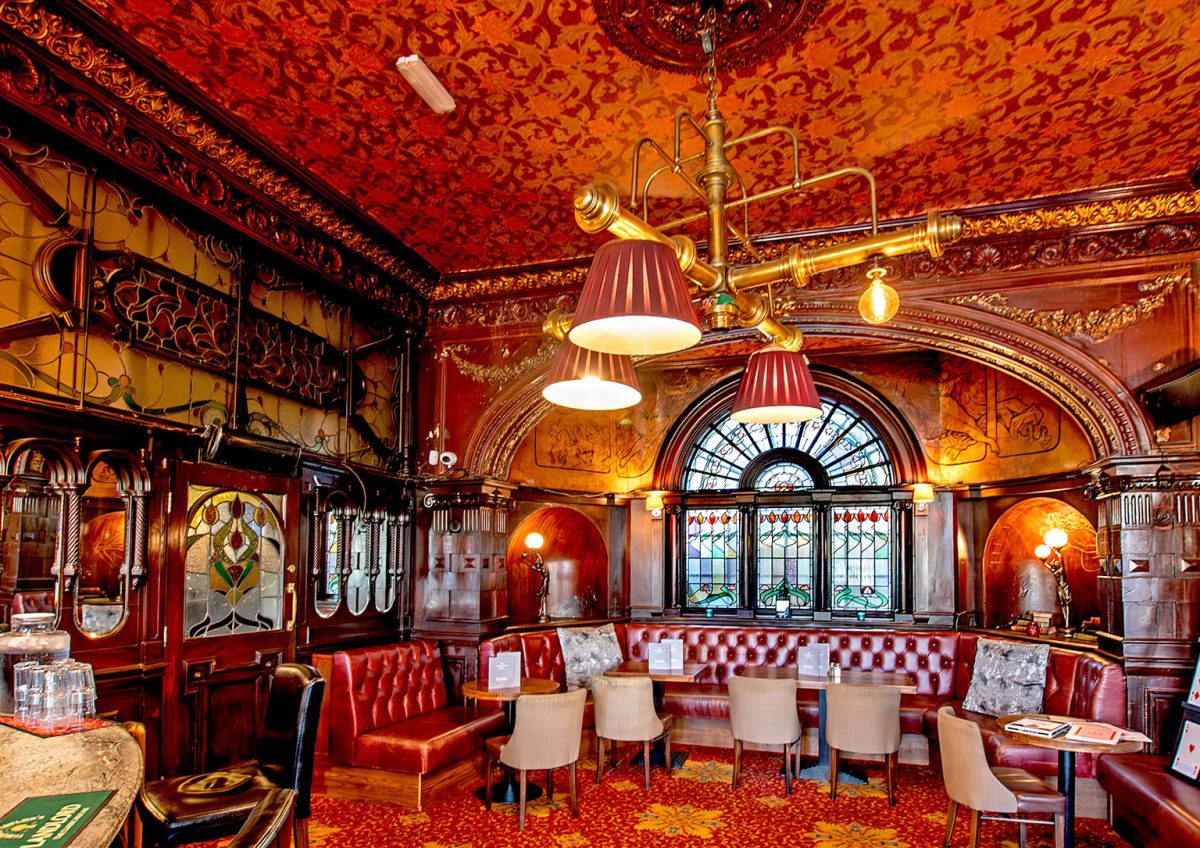Are you looking for a new dentist that’s close to Morshead Mansions?
With London being so transient and people often moving from one area to another, finding a local and reliable dentist can sometimes be quite challenging. Fortunately, Morshead Mansions residents are lucky to be surrounded by quite a few Maida Vale Dental Practices, a selection of which are highlighted below.
These are listed for informational purposes only, as we’re not specifically recommending any of the practices highlighted. We’d always advise that you do your own thorough research and check their reviews before trying any of them!
The Maida Vale Dental Practice
Situated at the western end of Elgin Avenue, Maida Vale Dental Practice can be found at 2 Walterton Road, W9 3PN. This practice has been in existence for over 40 years and offers dentistry for all age groups, including children. Their website states ‘The calming atmosphere of our practice combined with our friendly and welcoming staff means that nervous or anxious patients are put at ease from the minute they walk through the door.’
This practice covers the full range of dental needs, including Invisalign Orthodontics, Cosmetic Dentistry, Boutique Whitening, Dental Hygiene and everything else you’d expect to find. The practice accepts both NHS and private patients and is dedicated to providing high-quality, patient-centred care in a warm and friendly setting.
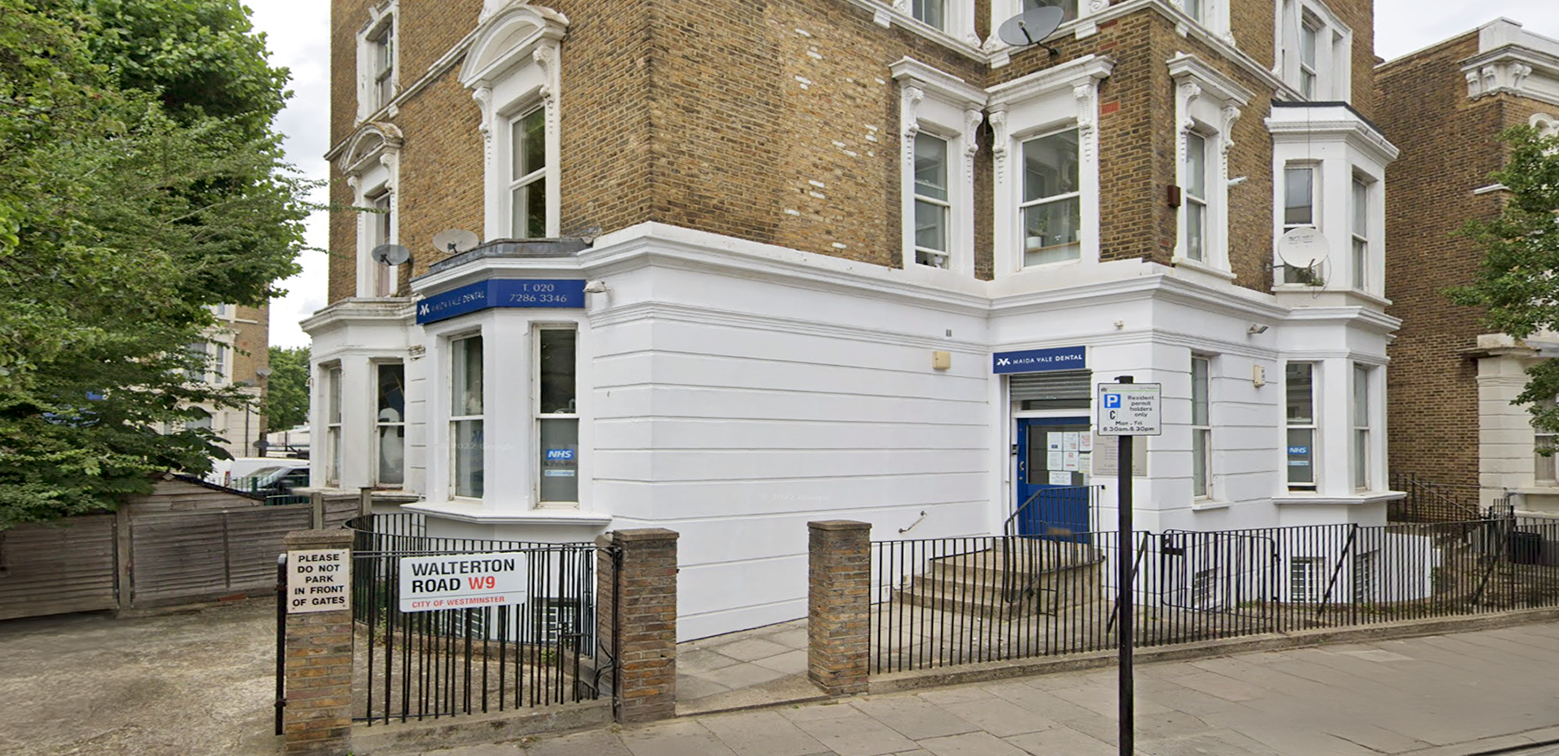
Elgin Dental Care
Located at 284 Elgin Avenue, just opposite Maida Vale Station, is Elgin Dental Care. Founded in 1939, their website states ‘New patients are welcome and are offered a thorough check up, so our team get to know your needs. Our practice treats visitors to the UK, others who are working, or staying here for a few years, or residents seeking long term care for their families.’
They also say ‘Good dental skills and confidence in delivering them matter and we work effectively in the atmosphere we create. A welcoming, clean environment is part of this and more importantly, good communication. An ability to listen is key to effective treatment, as is sharing information, from explaining complexity, to suggesting useful home care routines.’
Elgin Dental Care caters for private patients only.
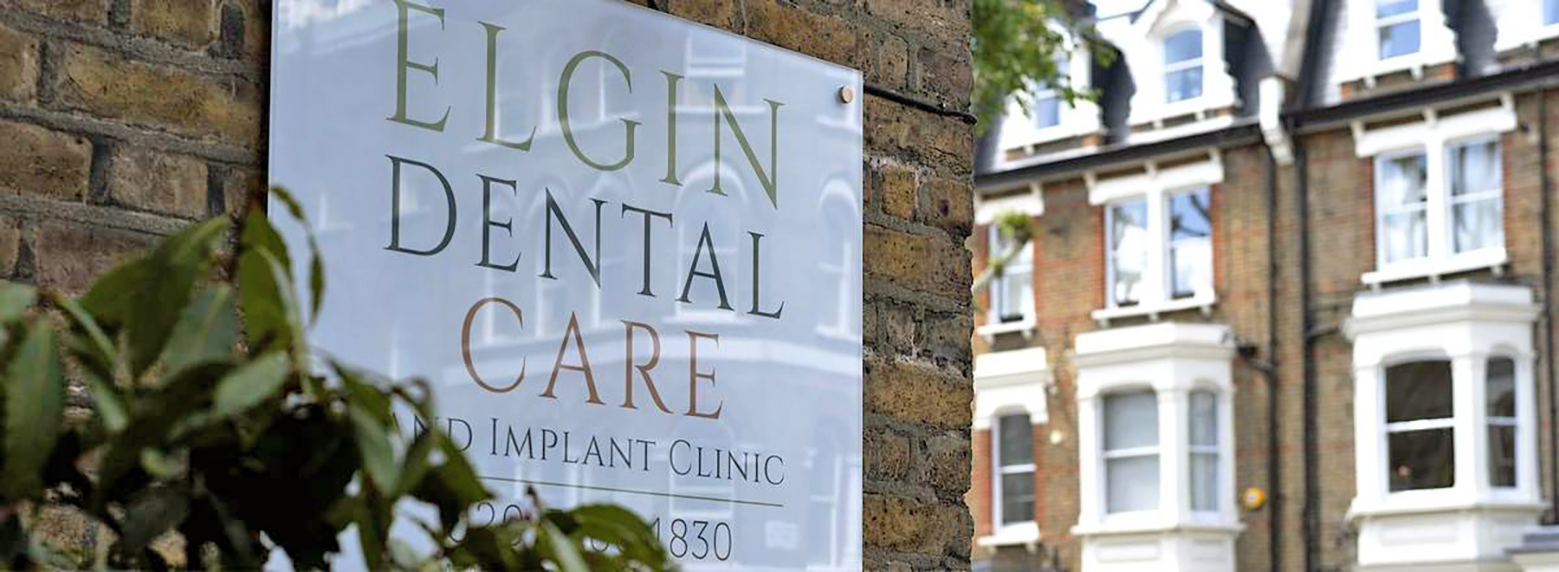
Maida Smiles
Probably the most modern-looking of the local Maida Vale Dental Practices is Maida Smiles. Located at 207-209 Sutherland Avenue, just opposite the Esso petrol station, the clinic was founded and set up in 2019 by Dr Pedro Gutierres, reportedly in response to ‘London’s growing need for minimally invasive cosmetic dentistry’.
Their website says ‘It’s our goal to become one of the best cosmetic dental clinics, helping and enabling patients from all walks of life to make positive, life-changing decisions about the future of their smile. With an emphasis on cosmetic, restorative and implant dentistry, our highly experienced staff are equipped to take care of any smile problem you might have.’

W9 Dental Health
Located at 176 Shirland Road, this practice has been operating since 2003. As well as general dentistry hygienist services, they offer advanced treatments including invisible braces, dental implants, teeth whitening, as well as wrinkle reducing injections and facial rejuvenation treatments.
W9 Dental Health welcome NHS patients, providing essential oral healthcare subsidised by the UK Government. They also provide private treatment for the services the NHS doesn’t cover and can even provide interest-free payment plans with monthly payments for treatments over £1000.

Shirland Dental Practice
Also on Shirland Road, at 142, is the Shirland Dental Practice. This practice is led by Dr Hamssa Mansour, who believes that visiting the dentist should be an enjoyable experience, free of fear or anxiety. She believes in giving back to the local community and actively supports local charities, in particular the Down’s Syndrome Association which is a charity close to her heart.
Their website states ‘It’s a small team at Shirland Dental Practice, so each time you will be greeted by a familiar, friendly face. Our dental nurses are fully qualified and highly experienced. All the team at Shirland Dental Practice genuinely care about the health and well-being of our patients and are happy to answer any questions or queries that you may have.’

Abi Dental
This clinic can be found at 7 Clarendon Terrace, W9 1BZ, just around the corner from Clifton Parade. Their website states that they use the latest in technology, including materials, techniques, digital x-rays and computer aided intra-oral cameras to provide the highest level of clinical care, as with many other Maida Vale Dental Practices.
They provide Cosmetic Dentistry, Root Canal Therapy, CBCT, OPG, Veneer, minimally invasive dentistry, white fillings, surgery, socket preservation, pain free dentistry, nervous patient management and more, and say that their biggest skill is listening to all patients needs and wants, enabling them to welcome nervous patients, and discuss all possible treatment options – often available with 0% finance.
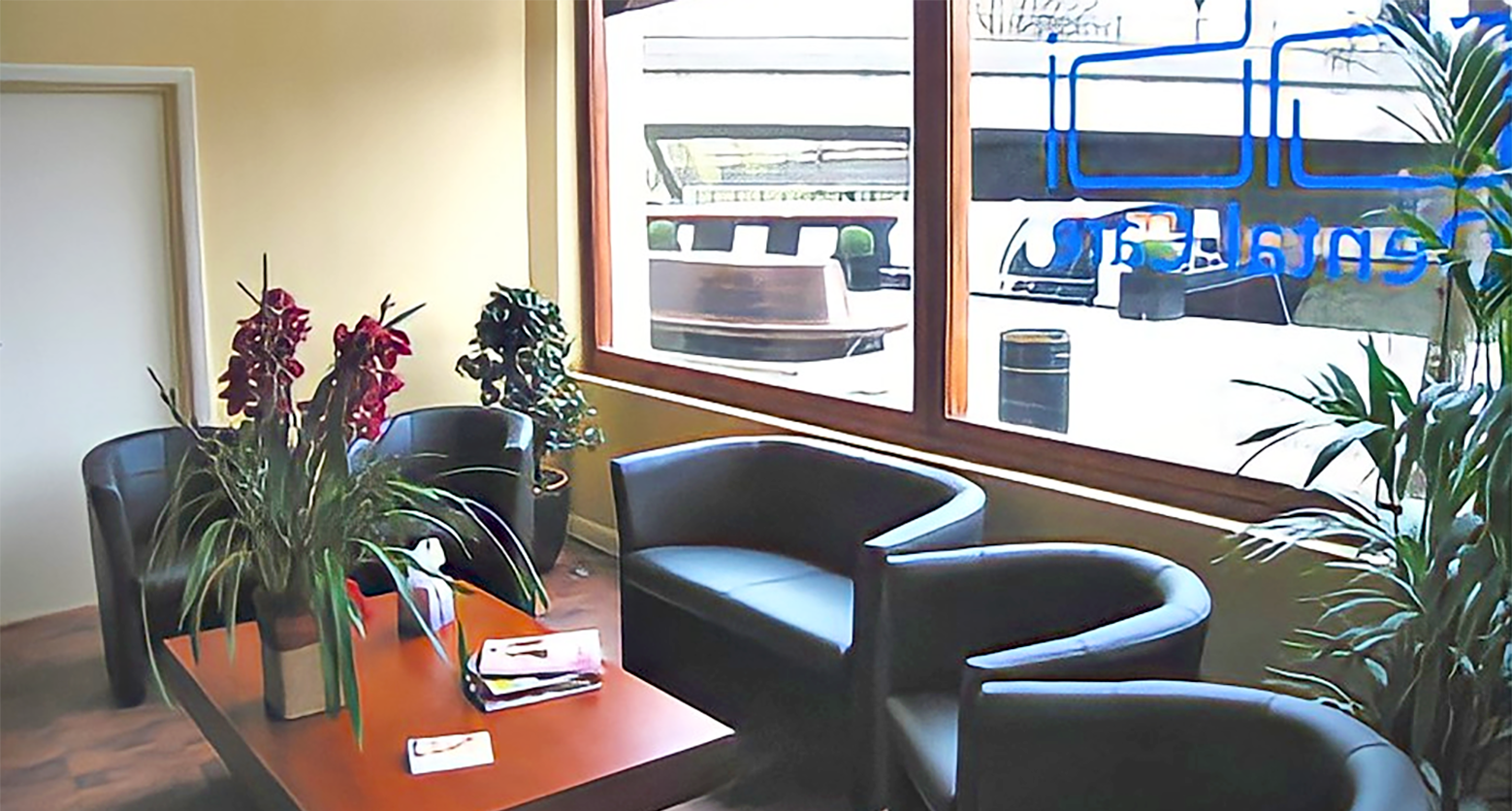
Needless to say, if you venture a little further afield you’ll find a lot more practices offering similar services, the selection we’ve highlighted though are probably the most convenient to get to from Morshead Mansions.
If you’d like to find out more about Maida Vale in general, just head over to our page titled ‘The Area’.


